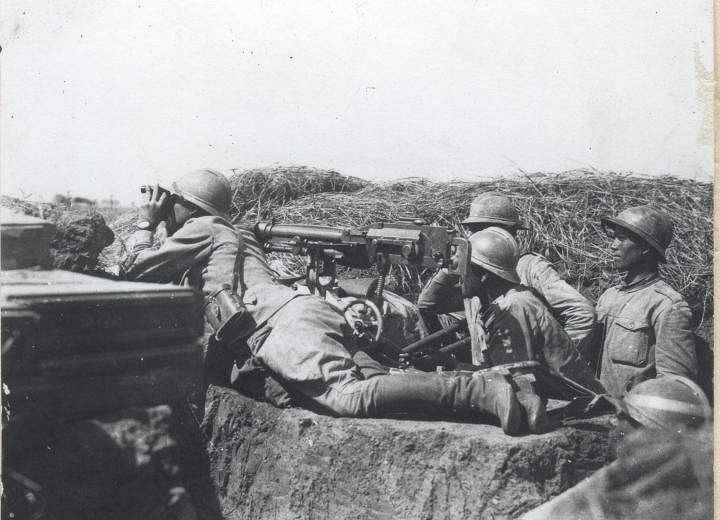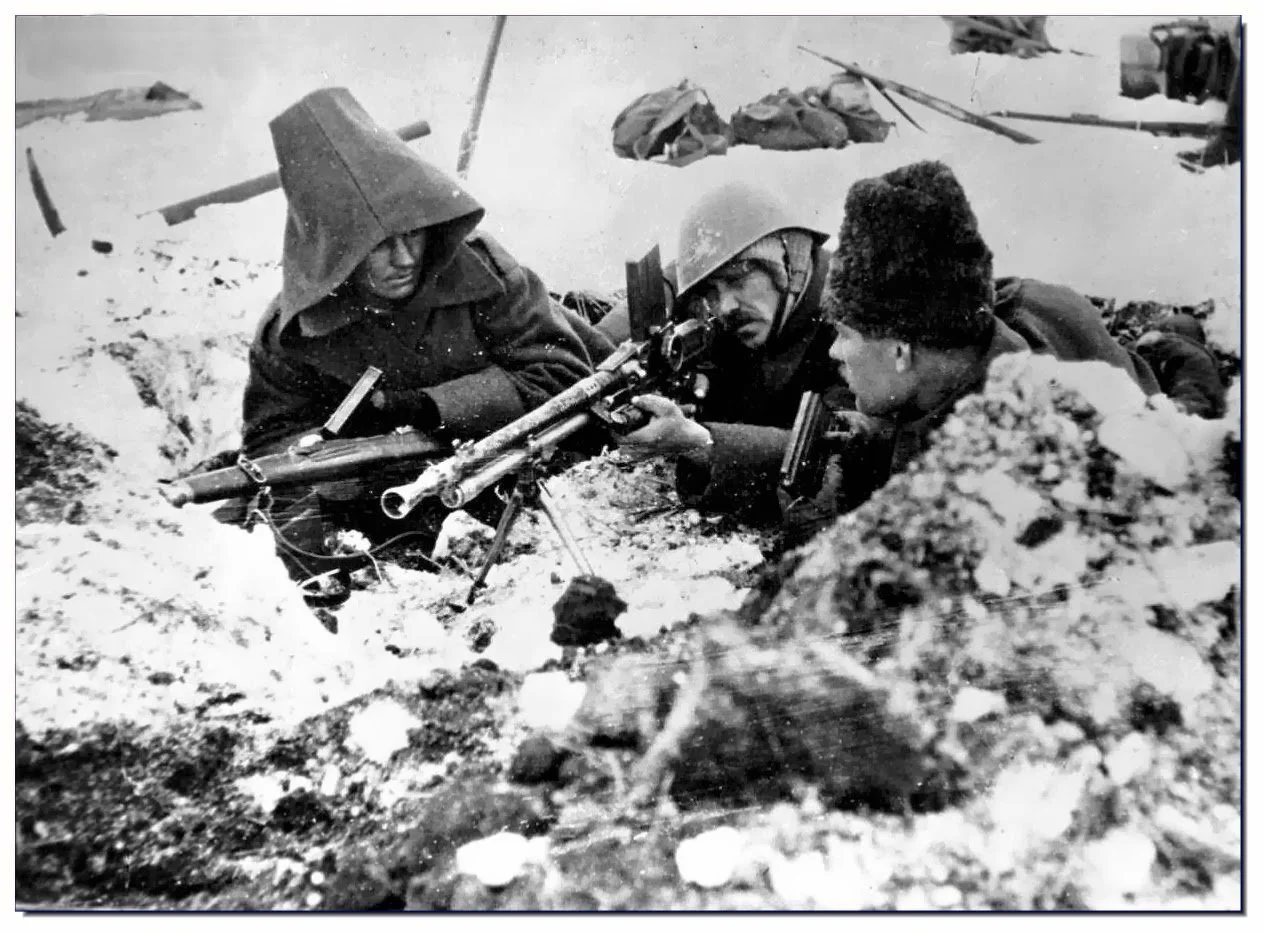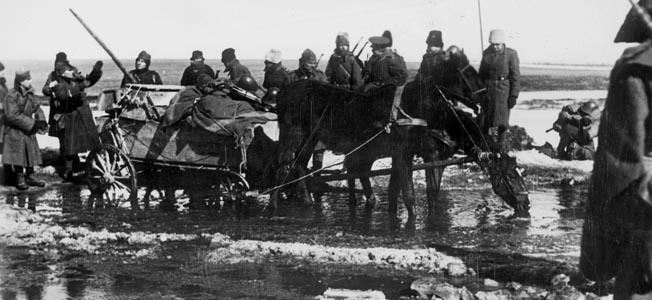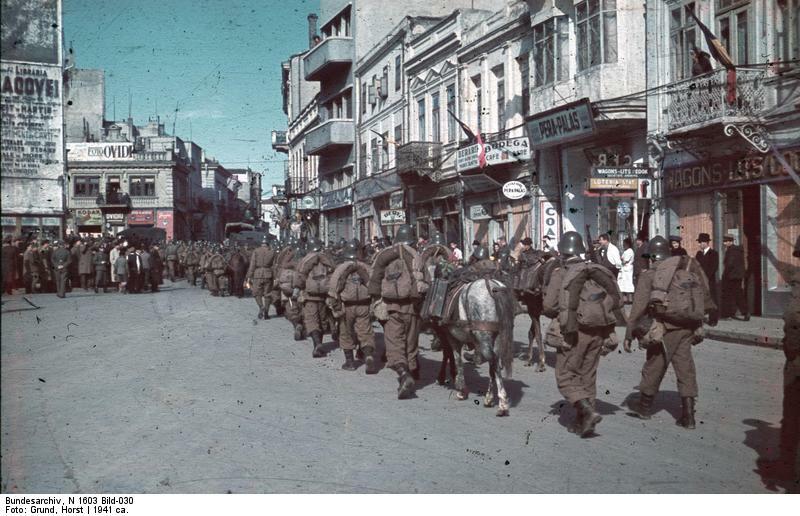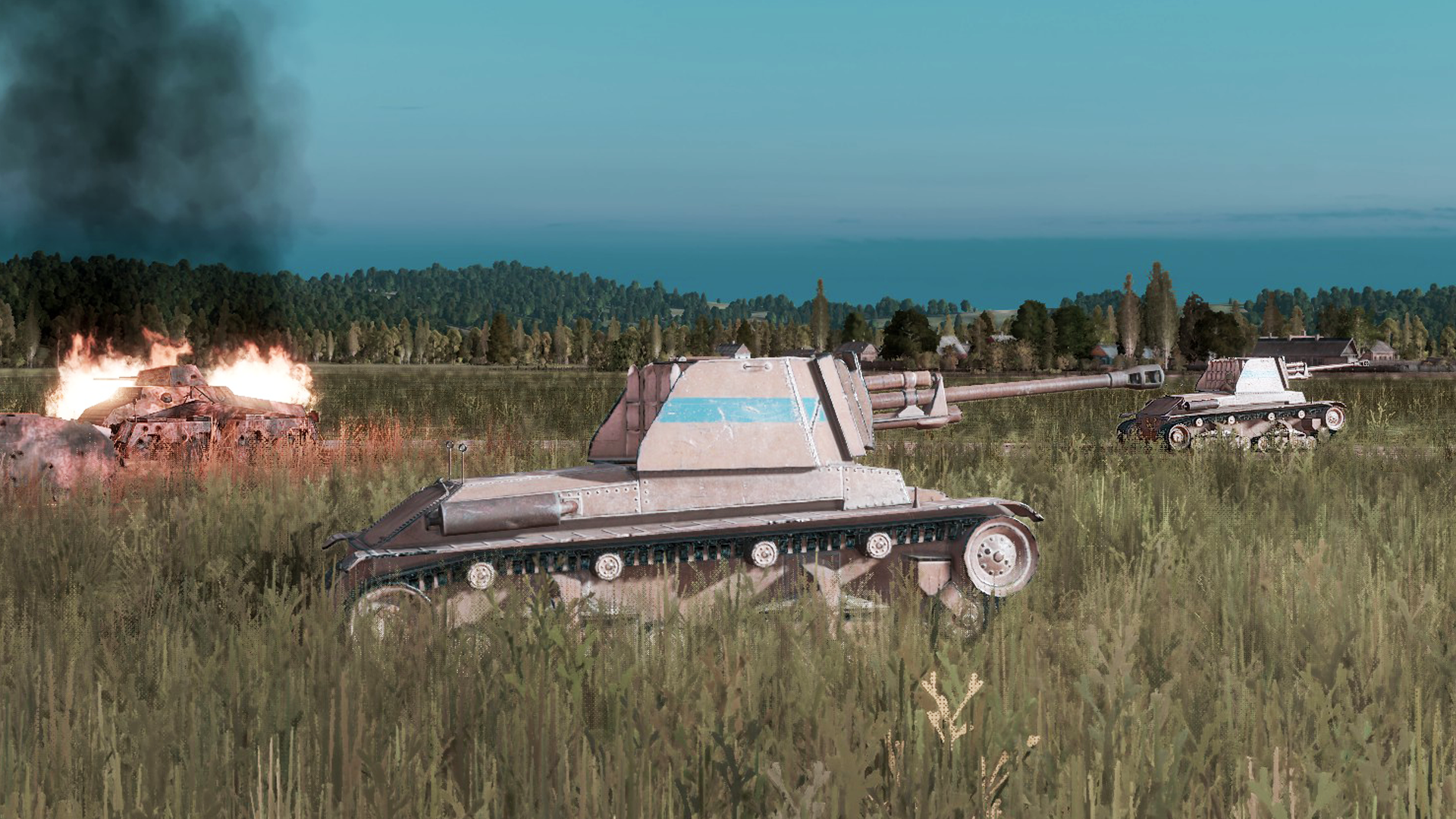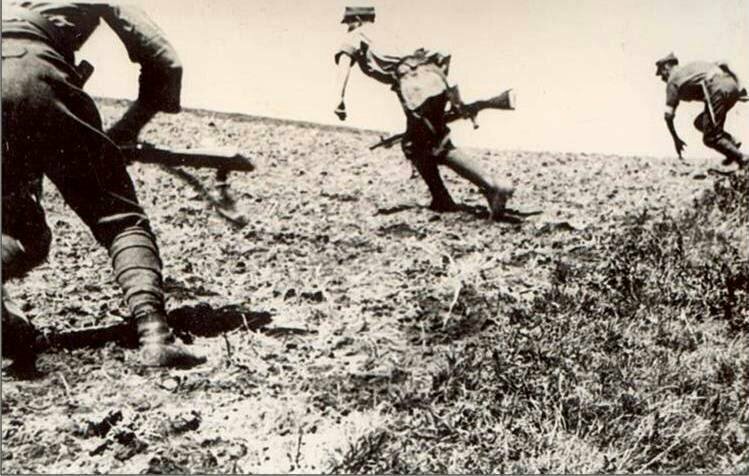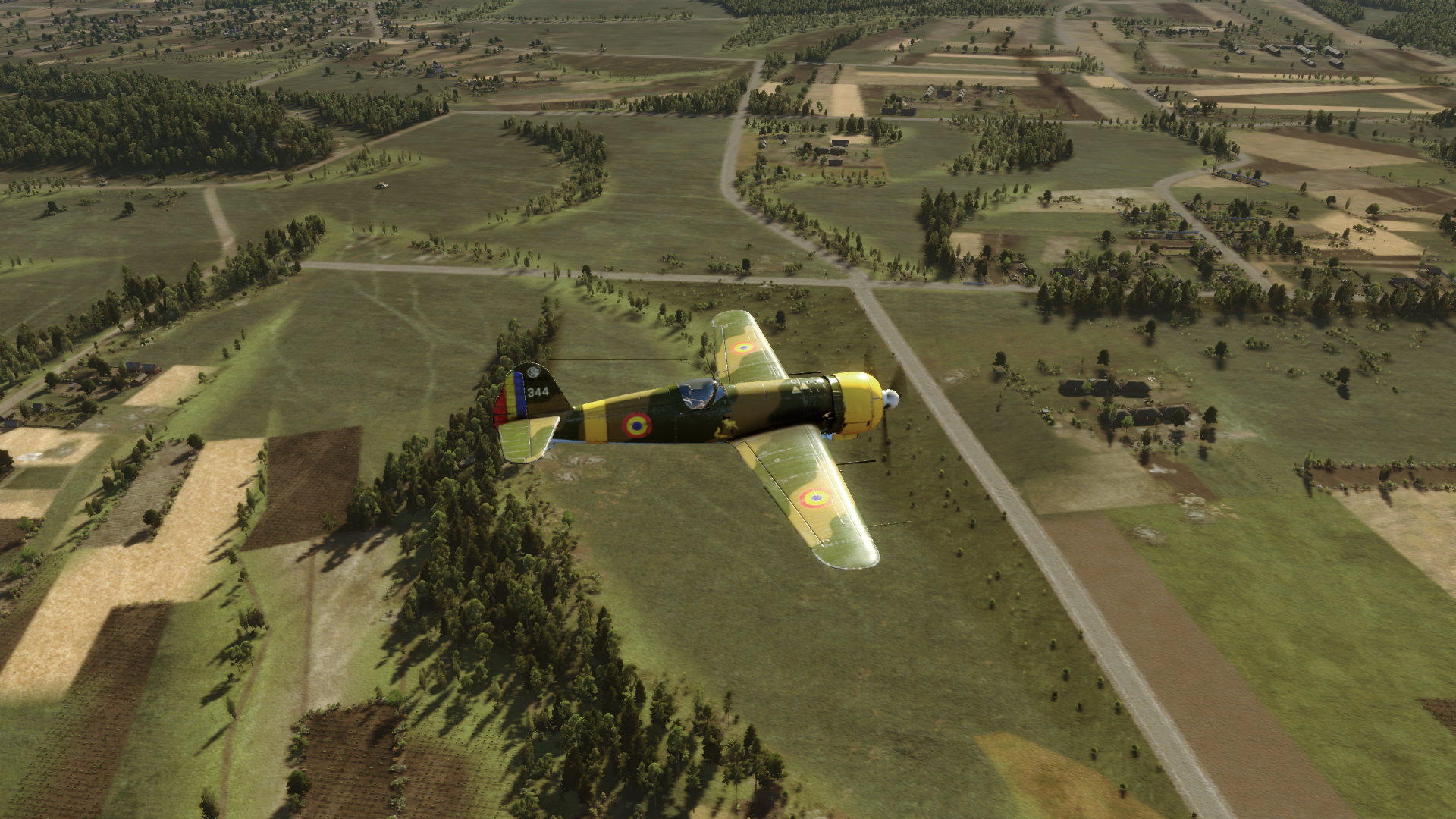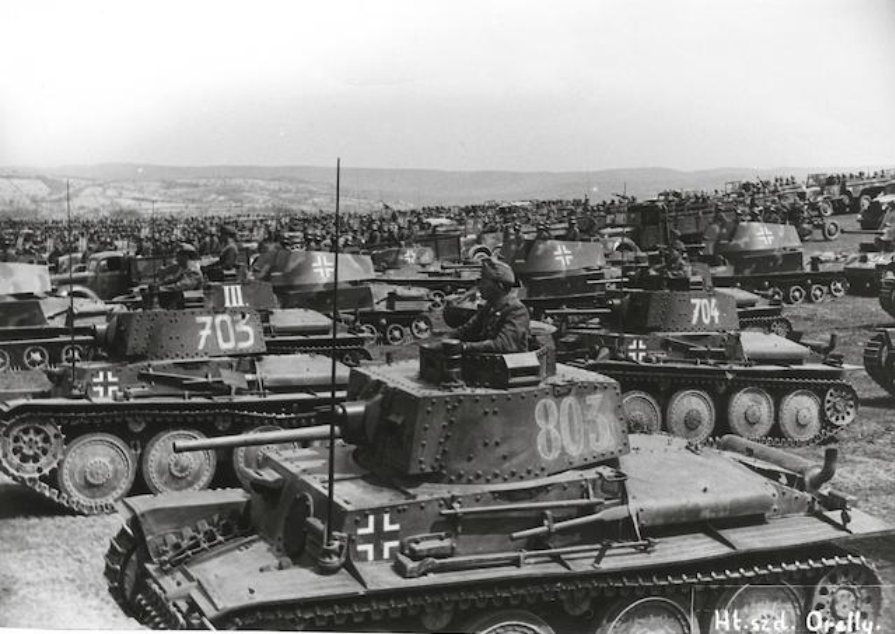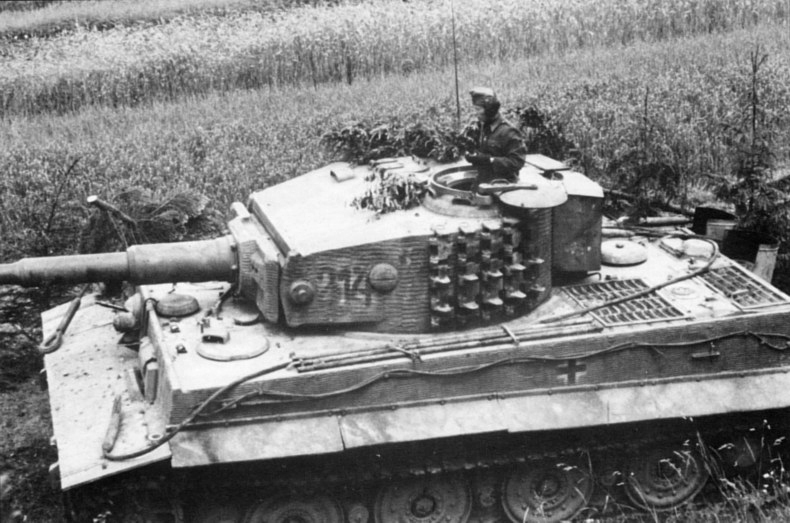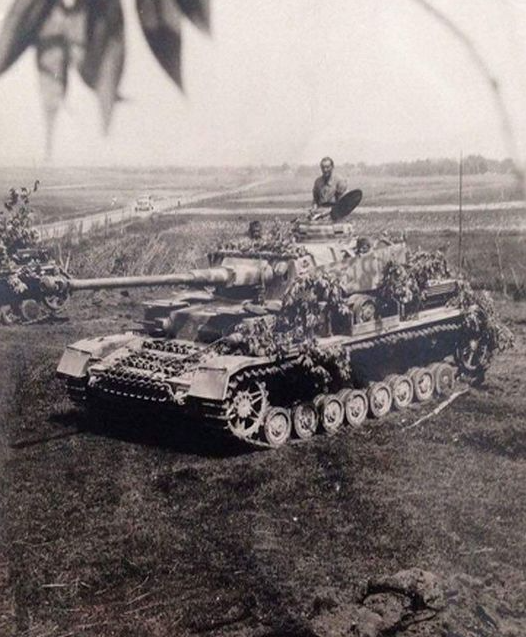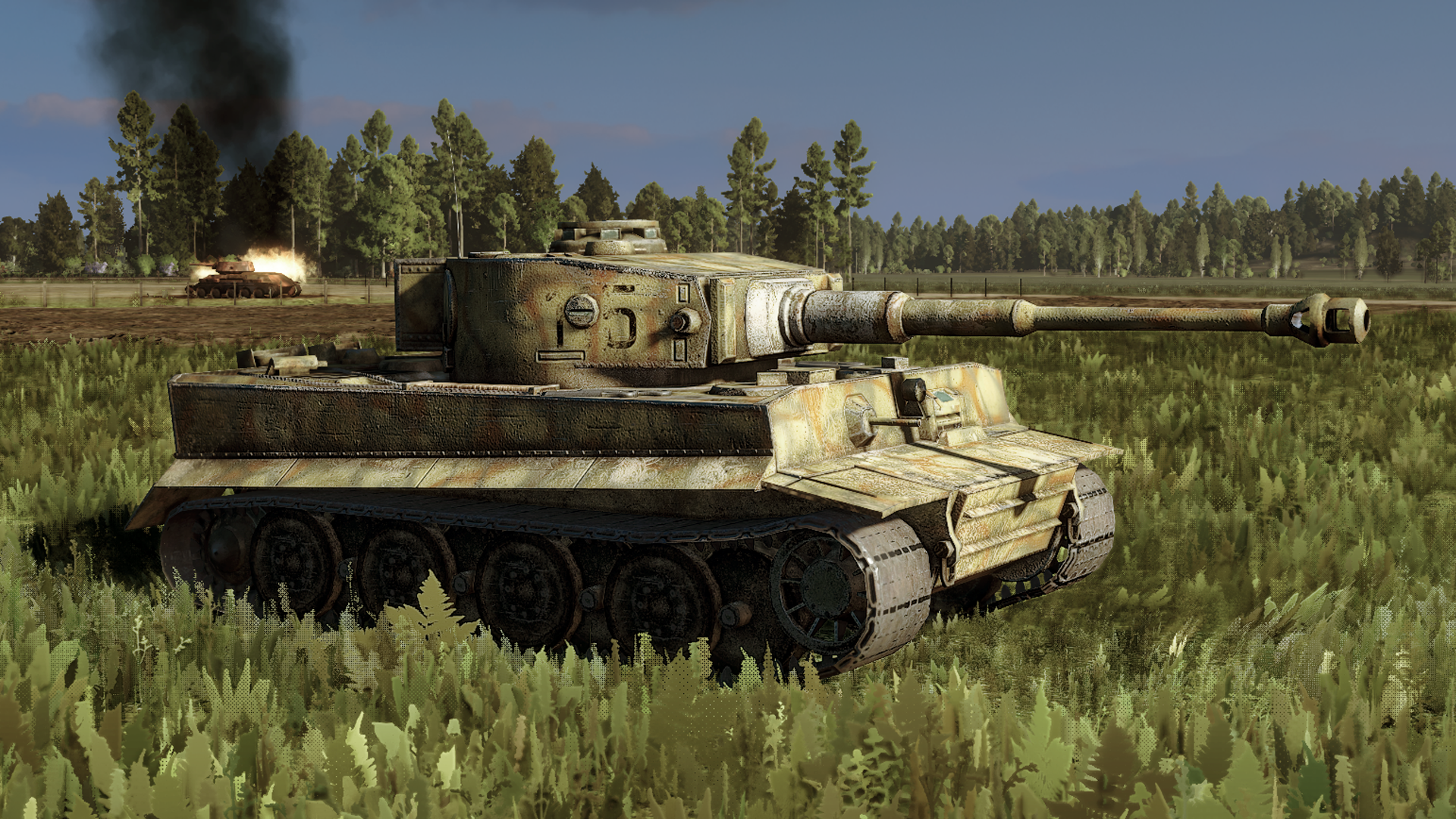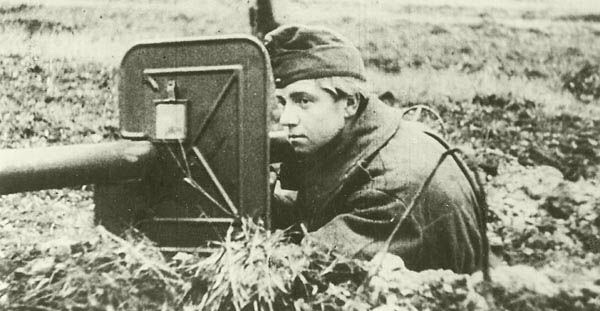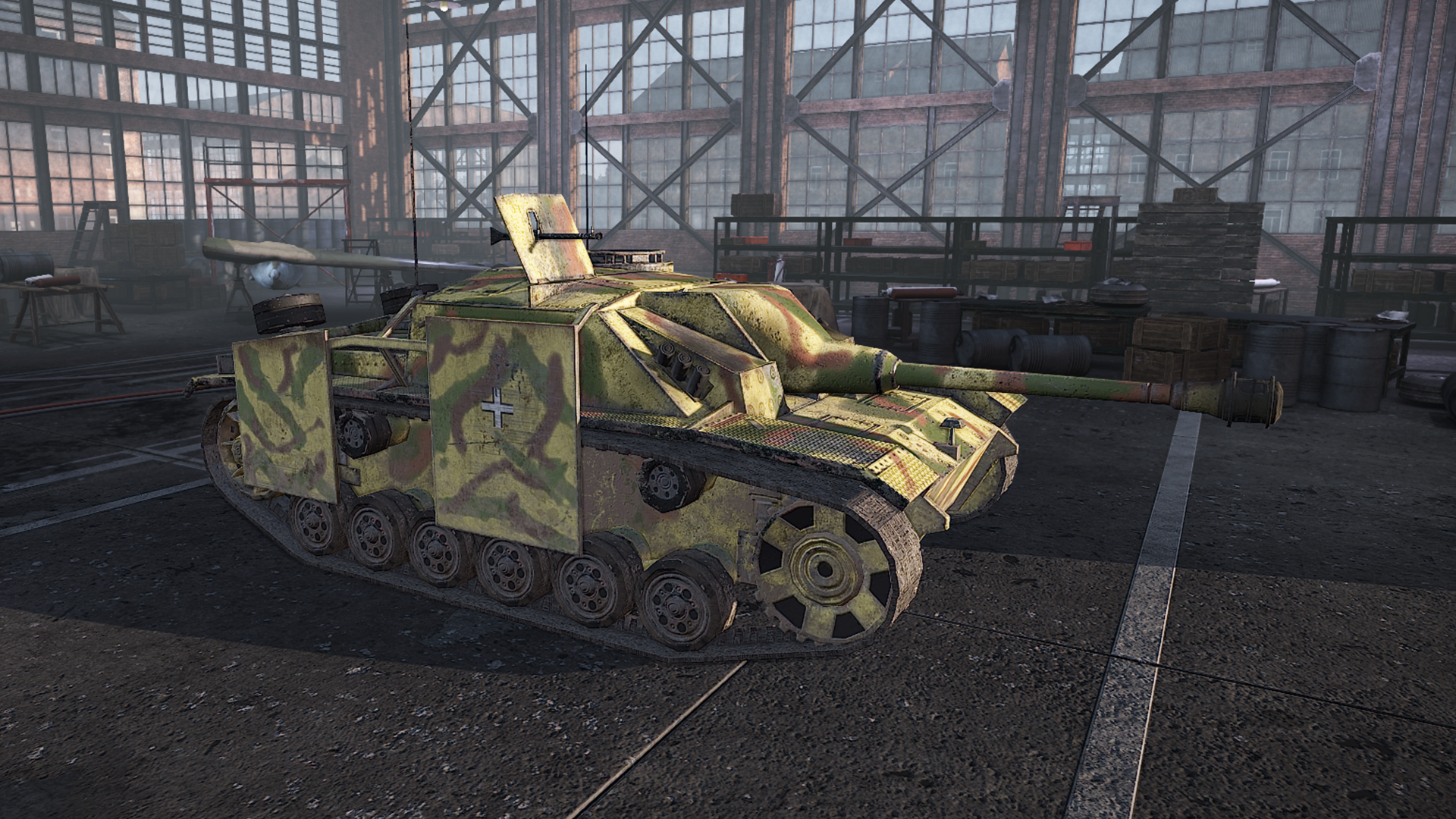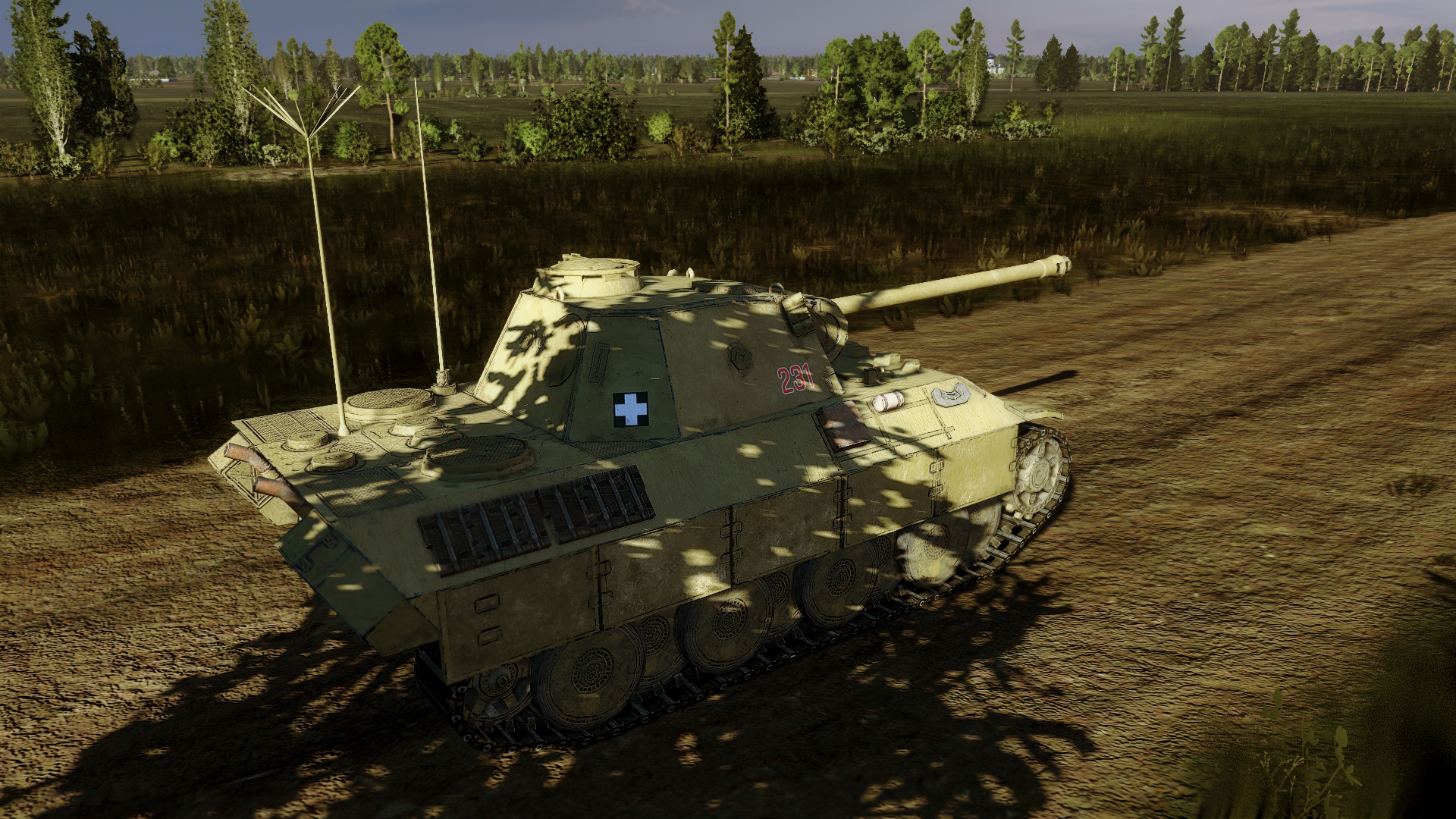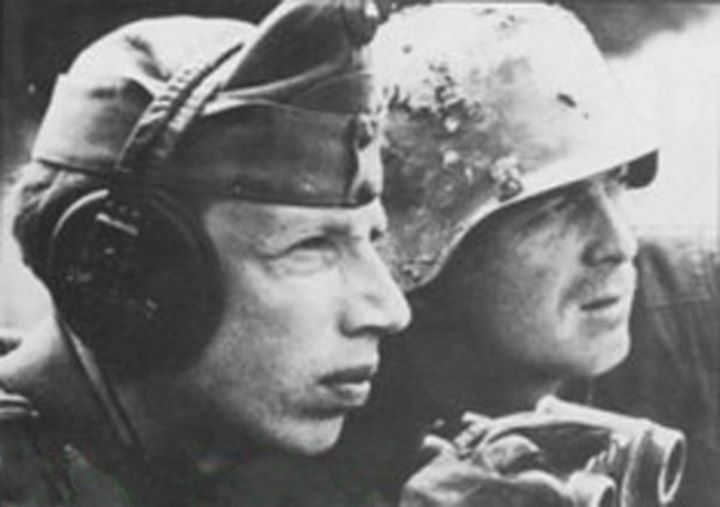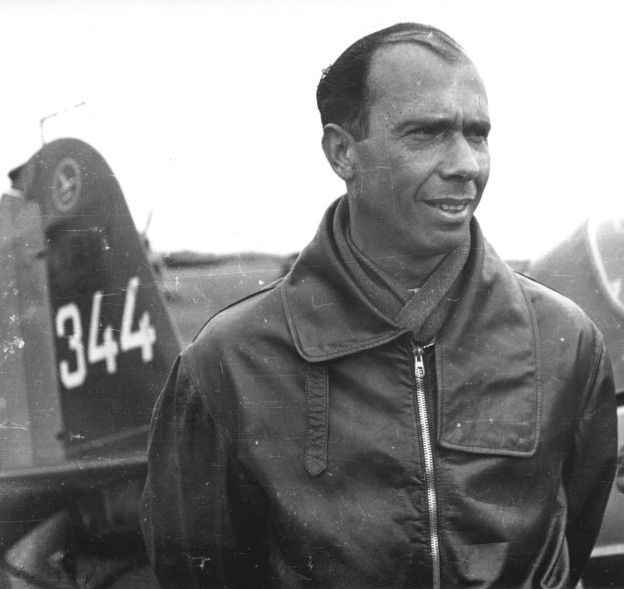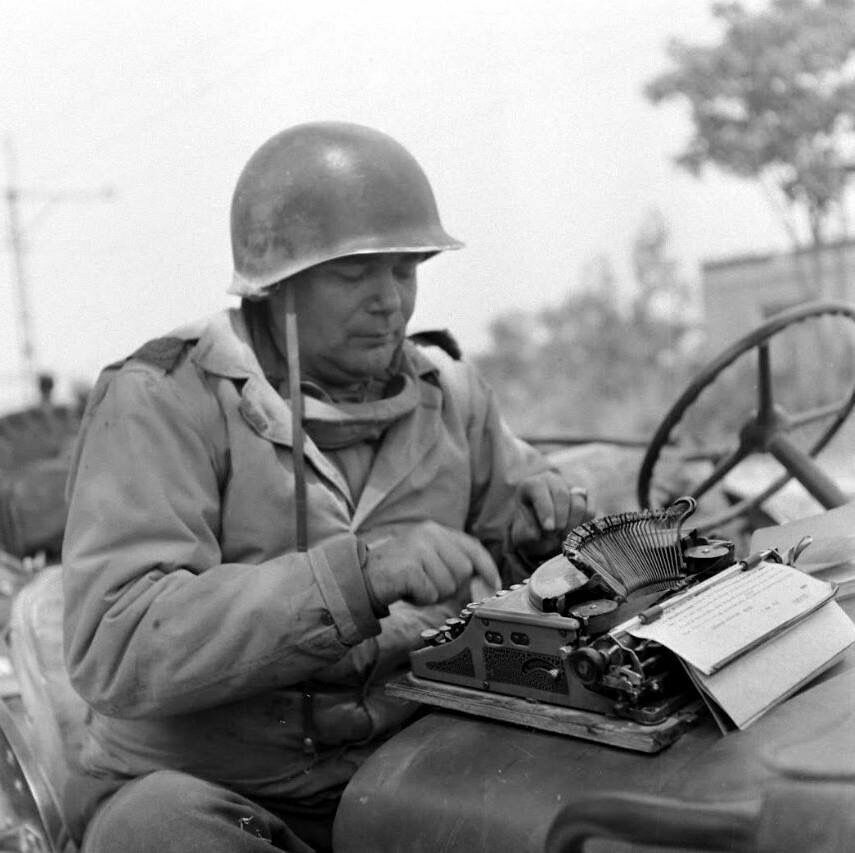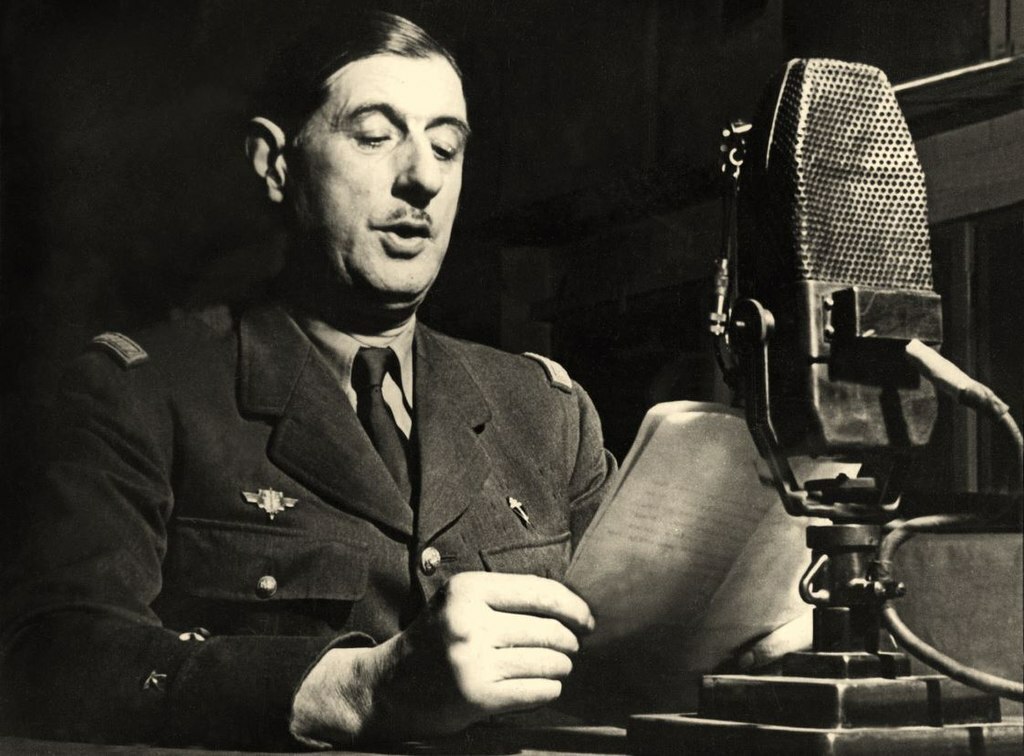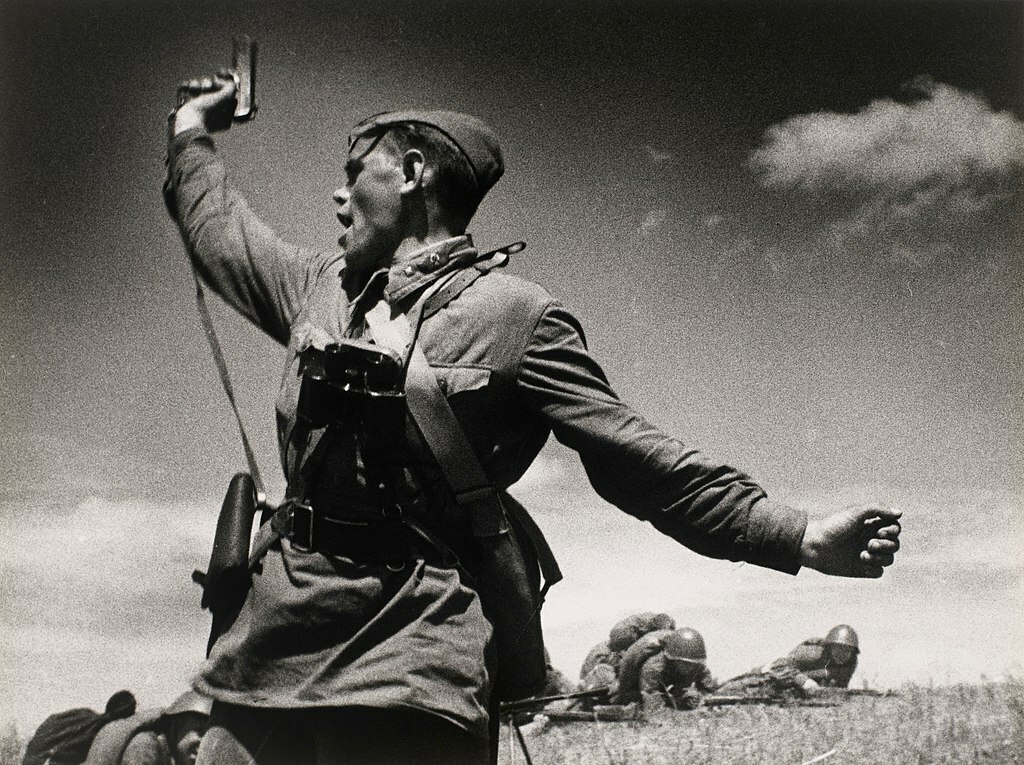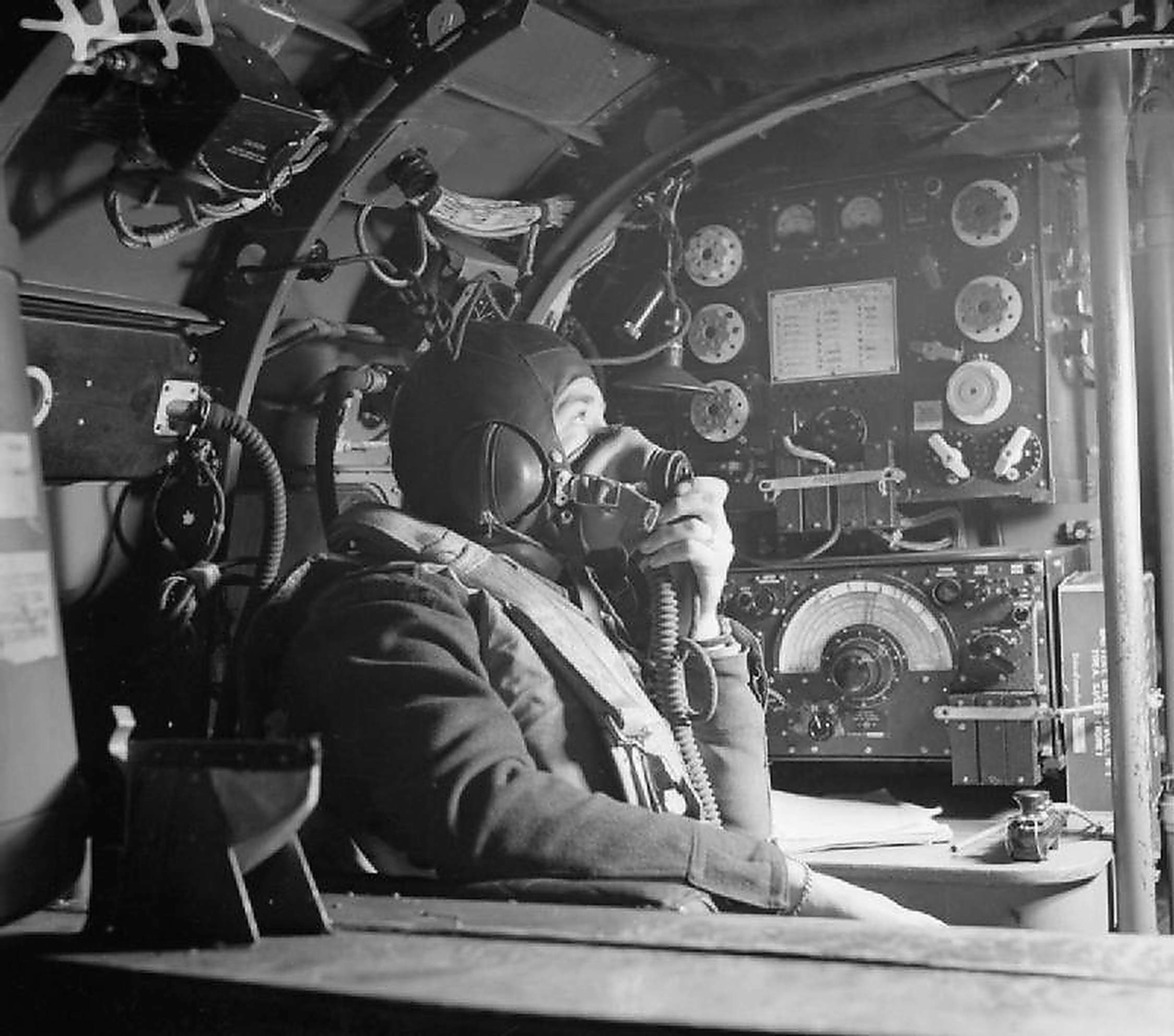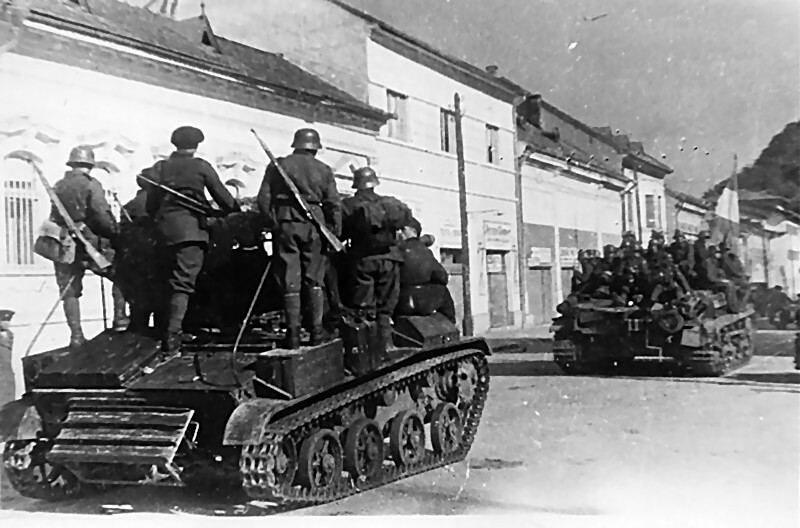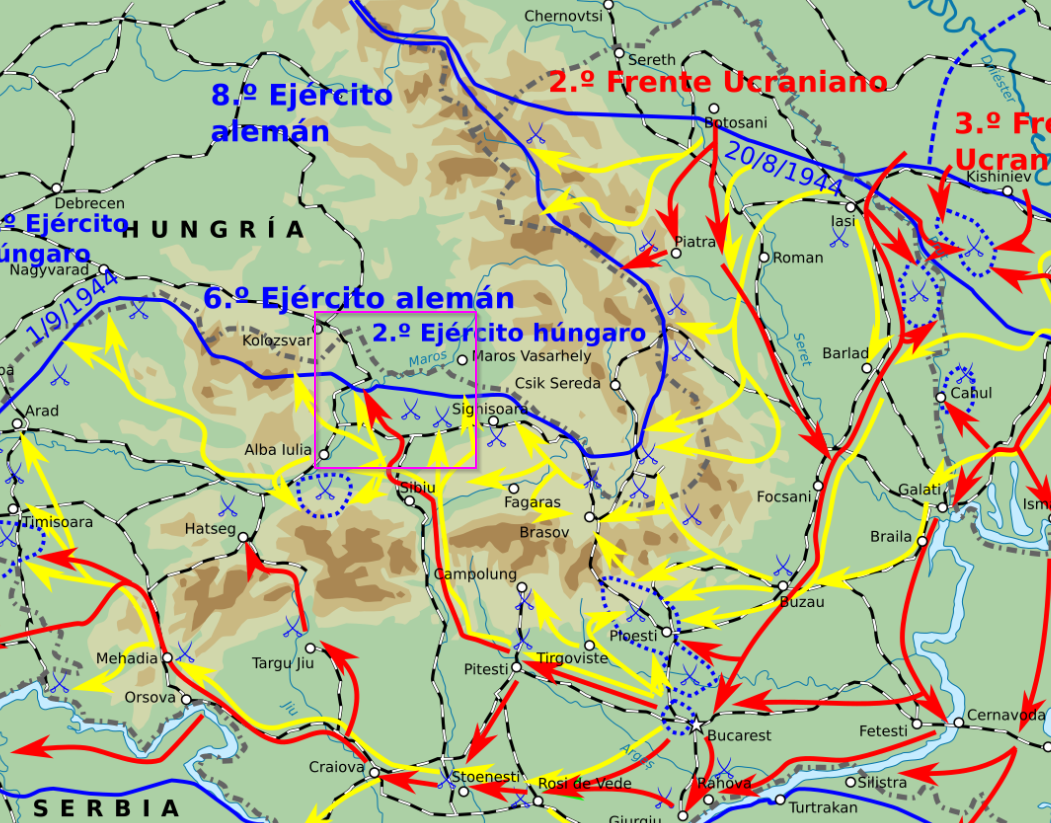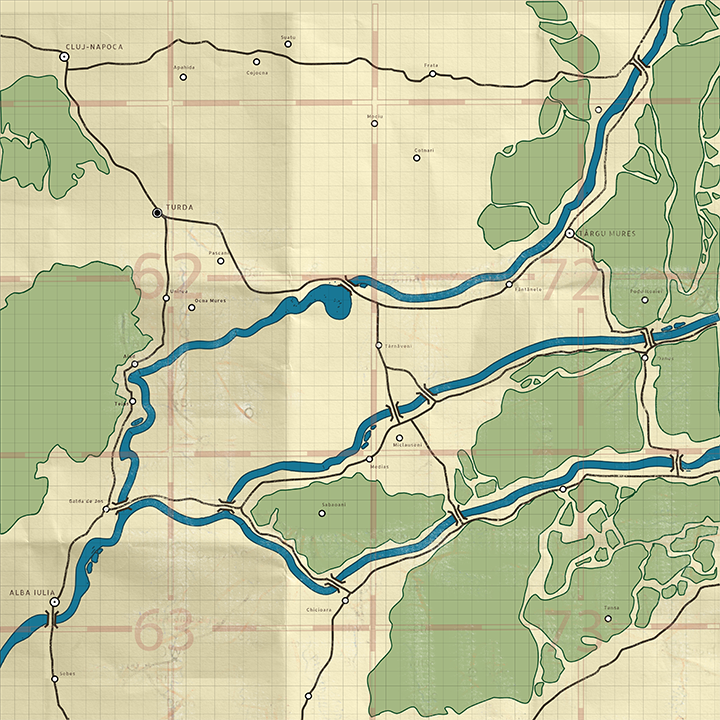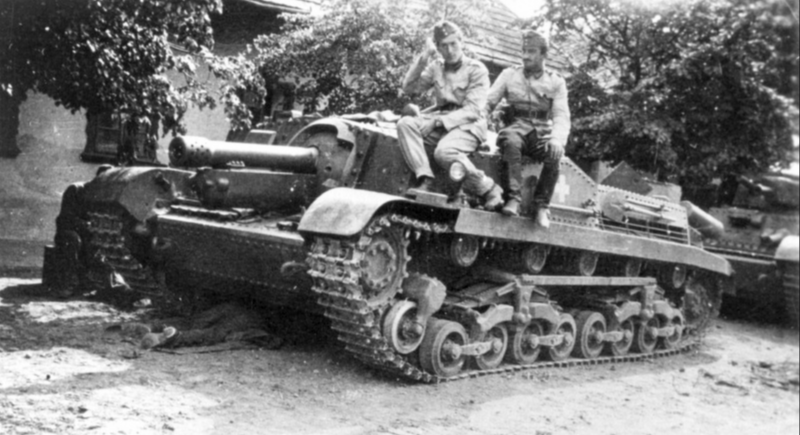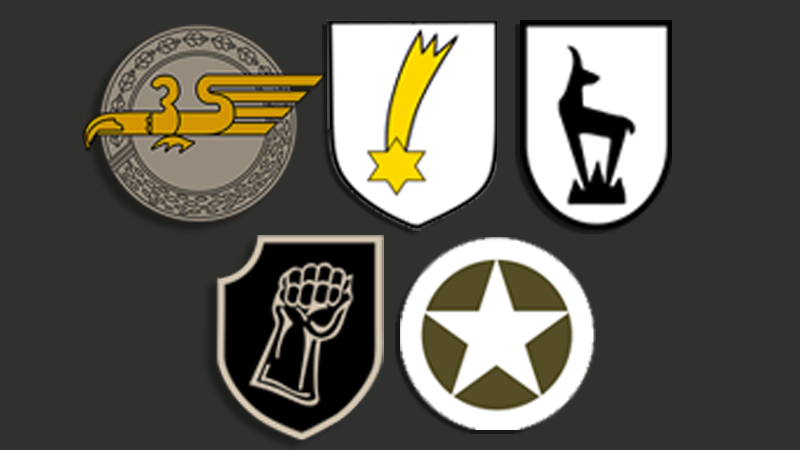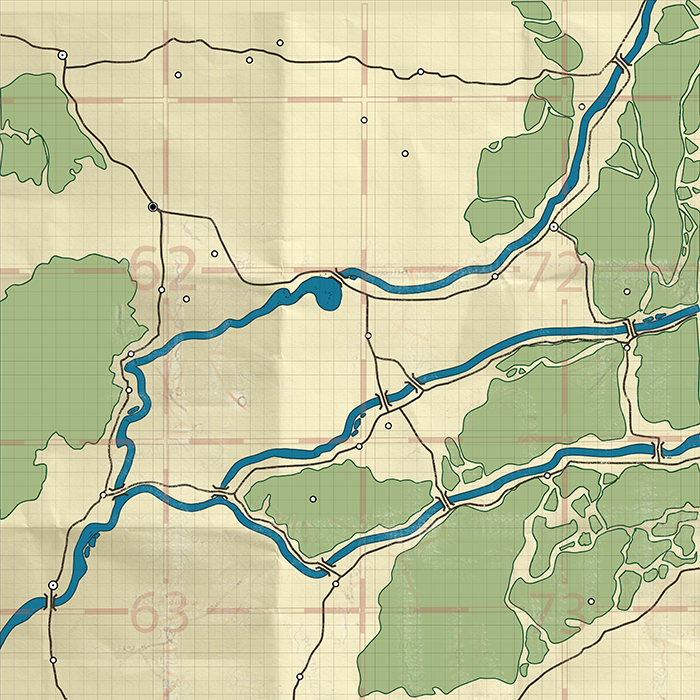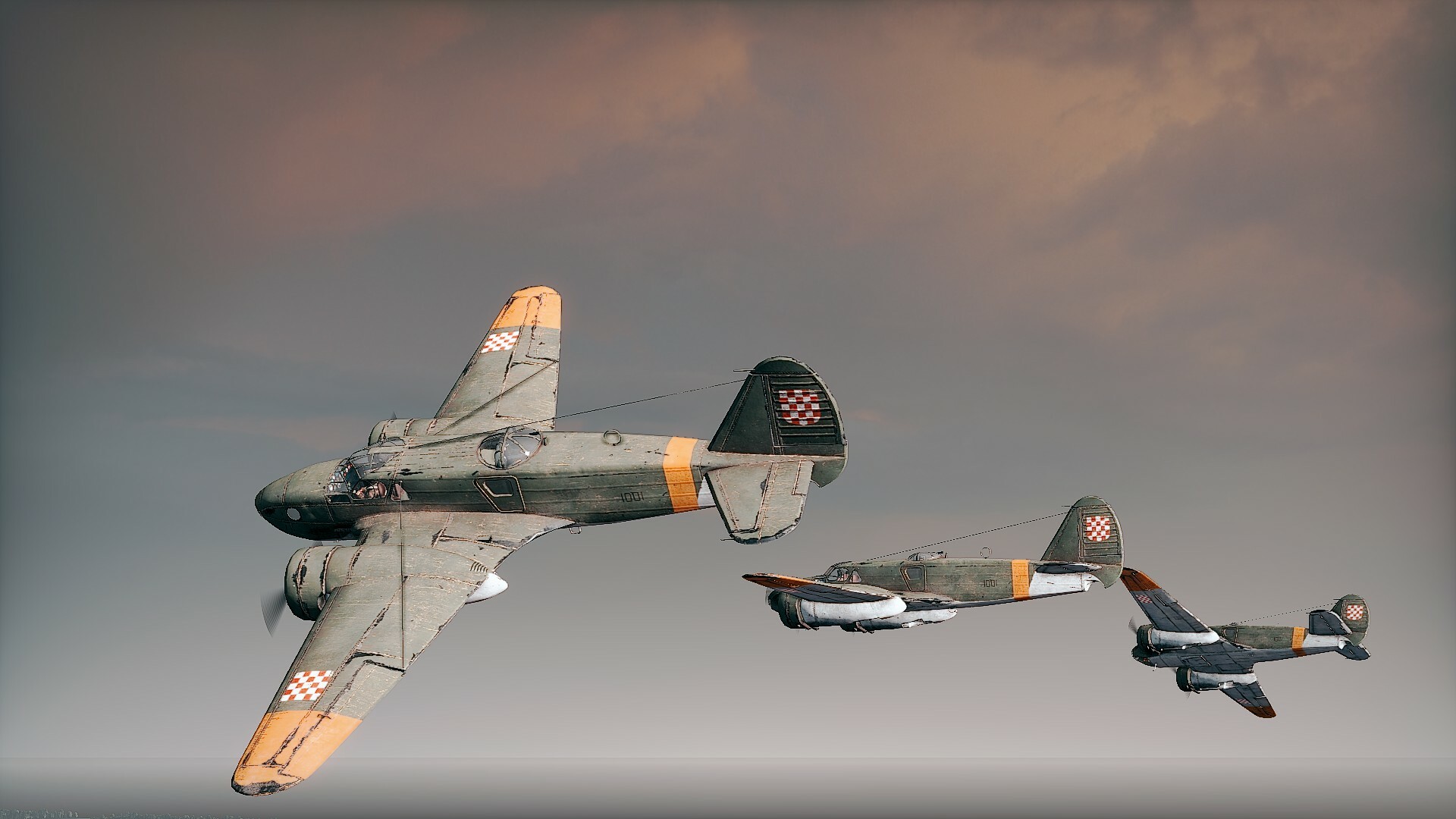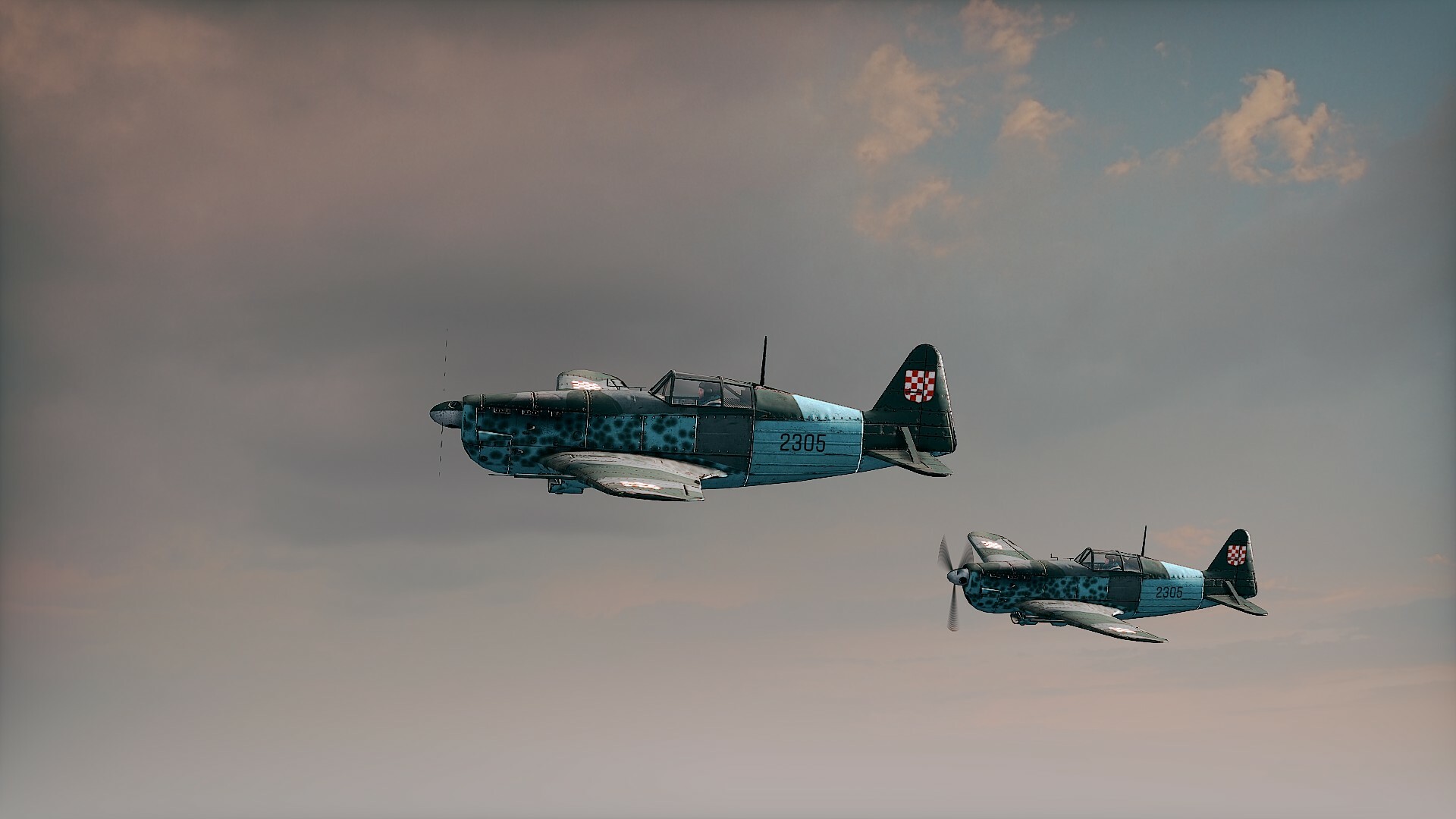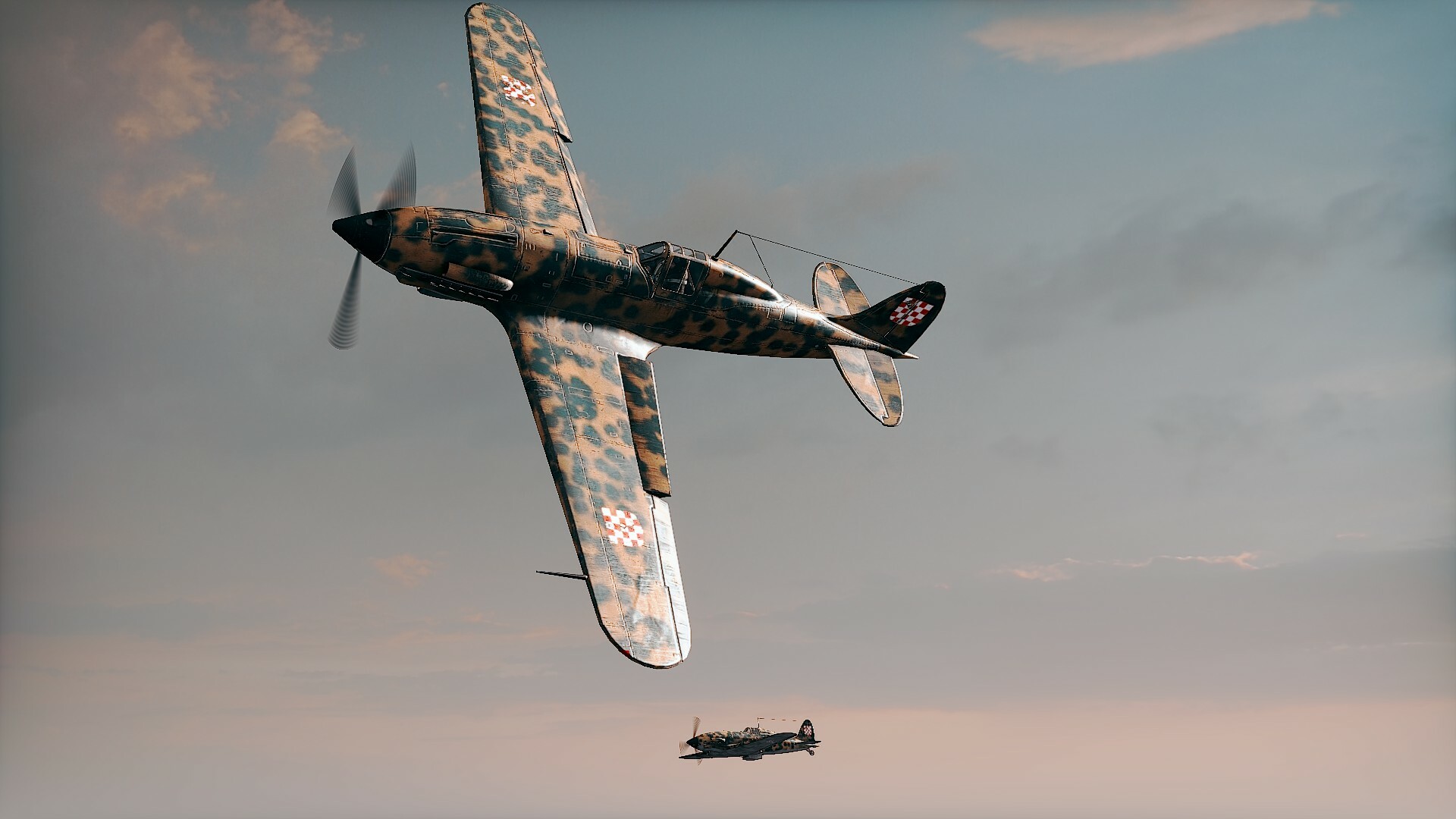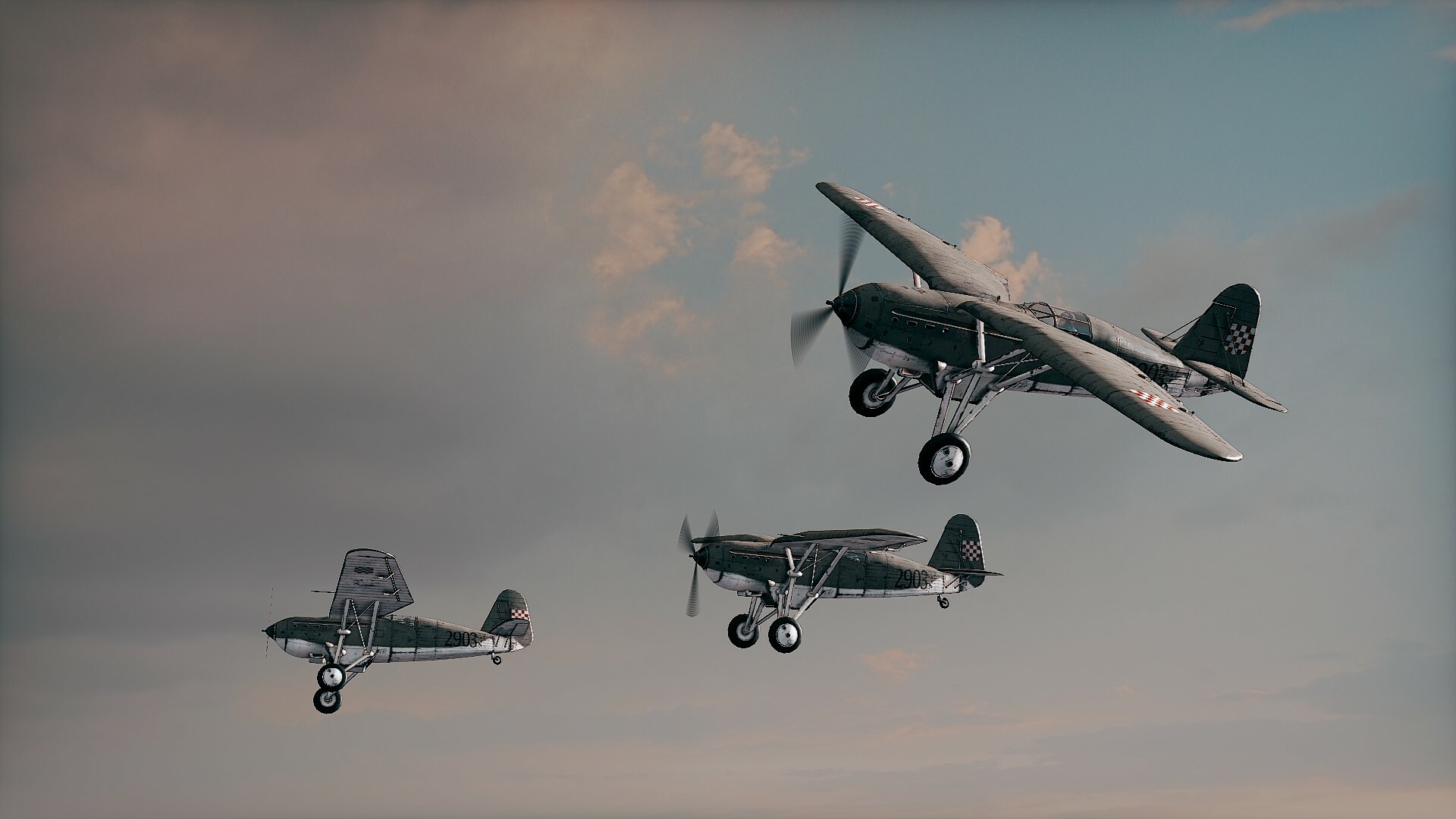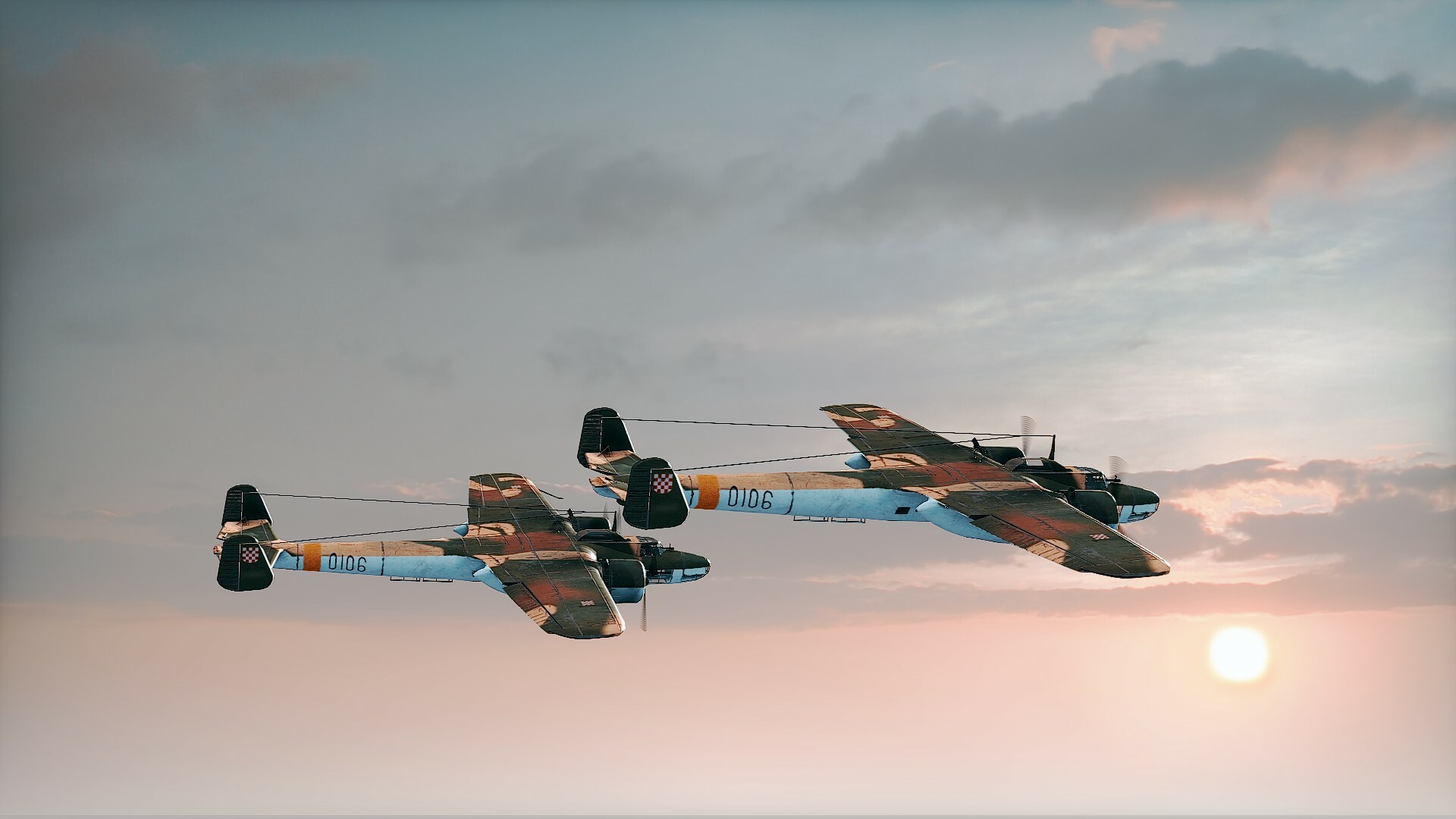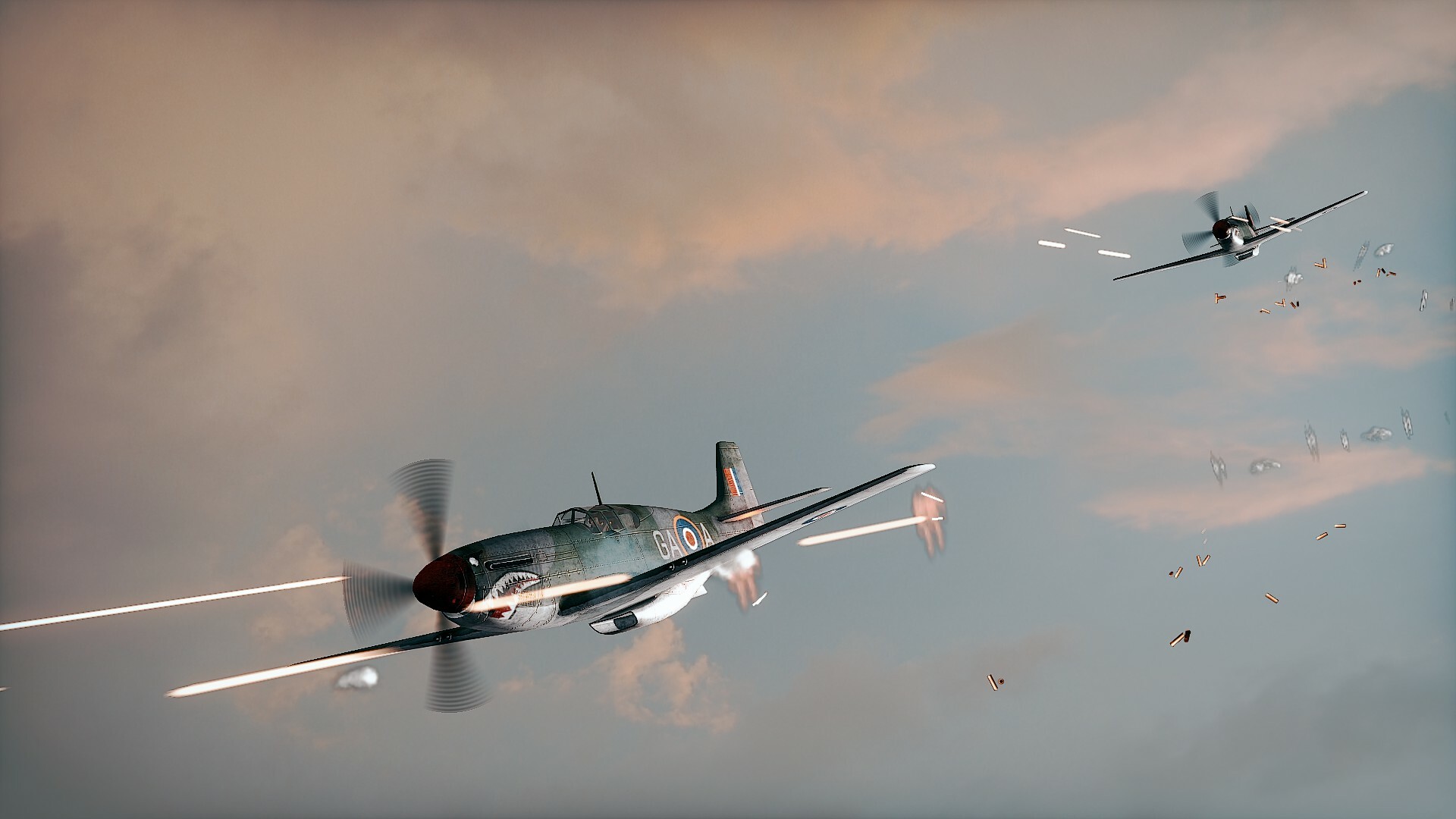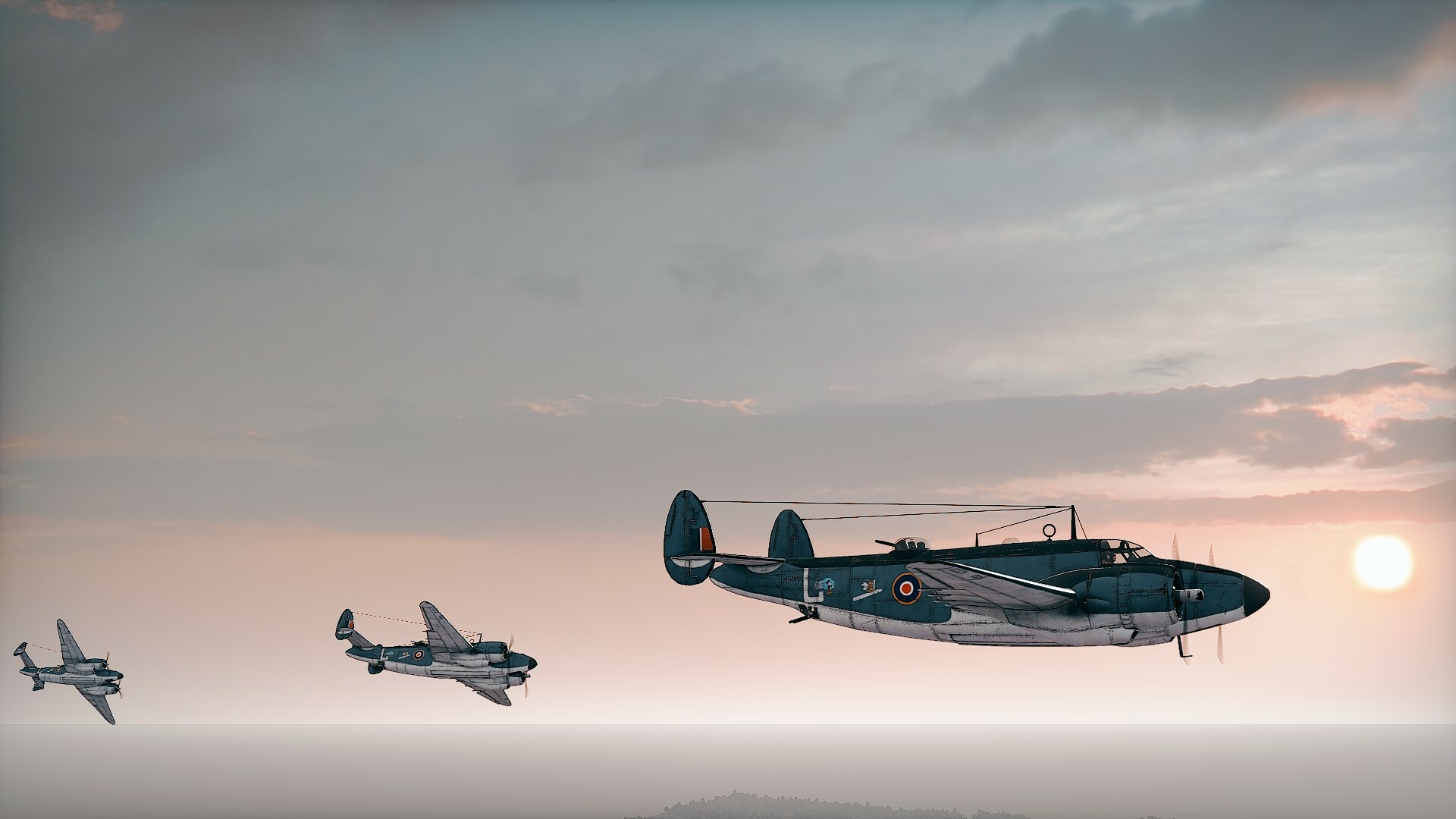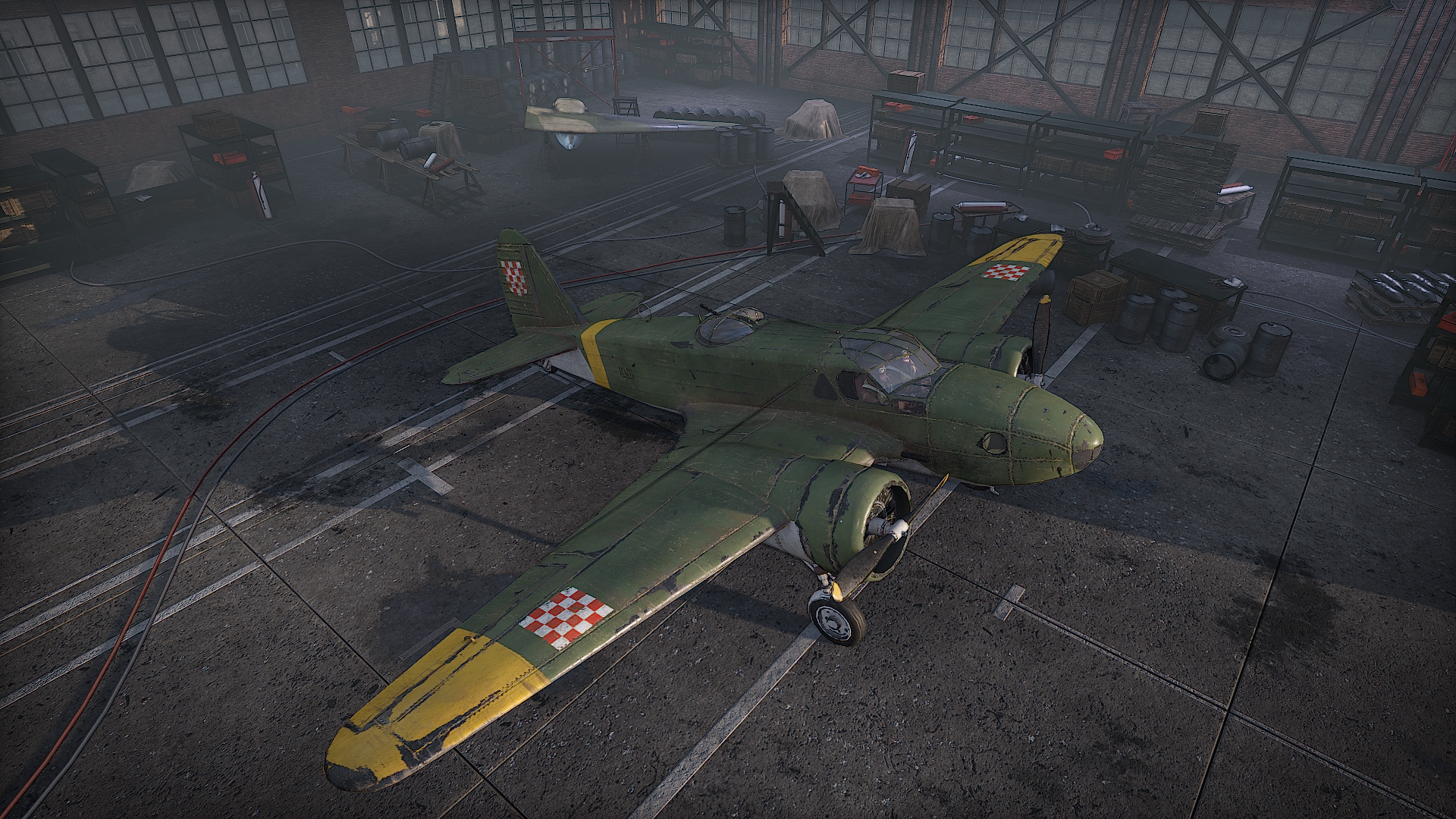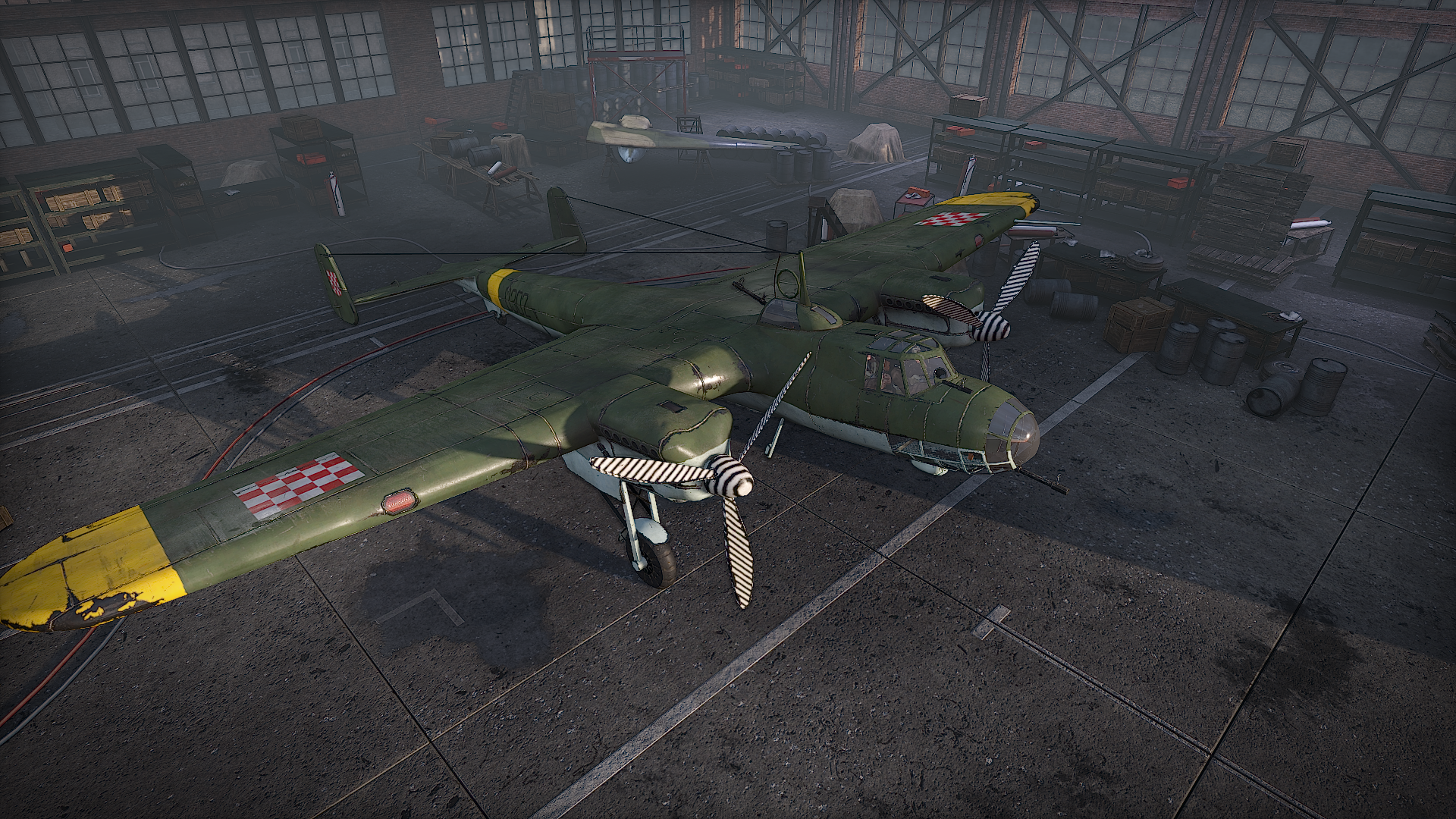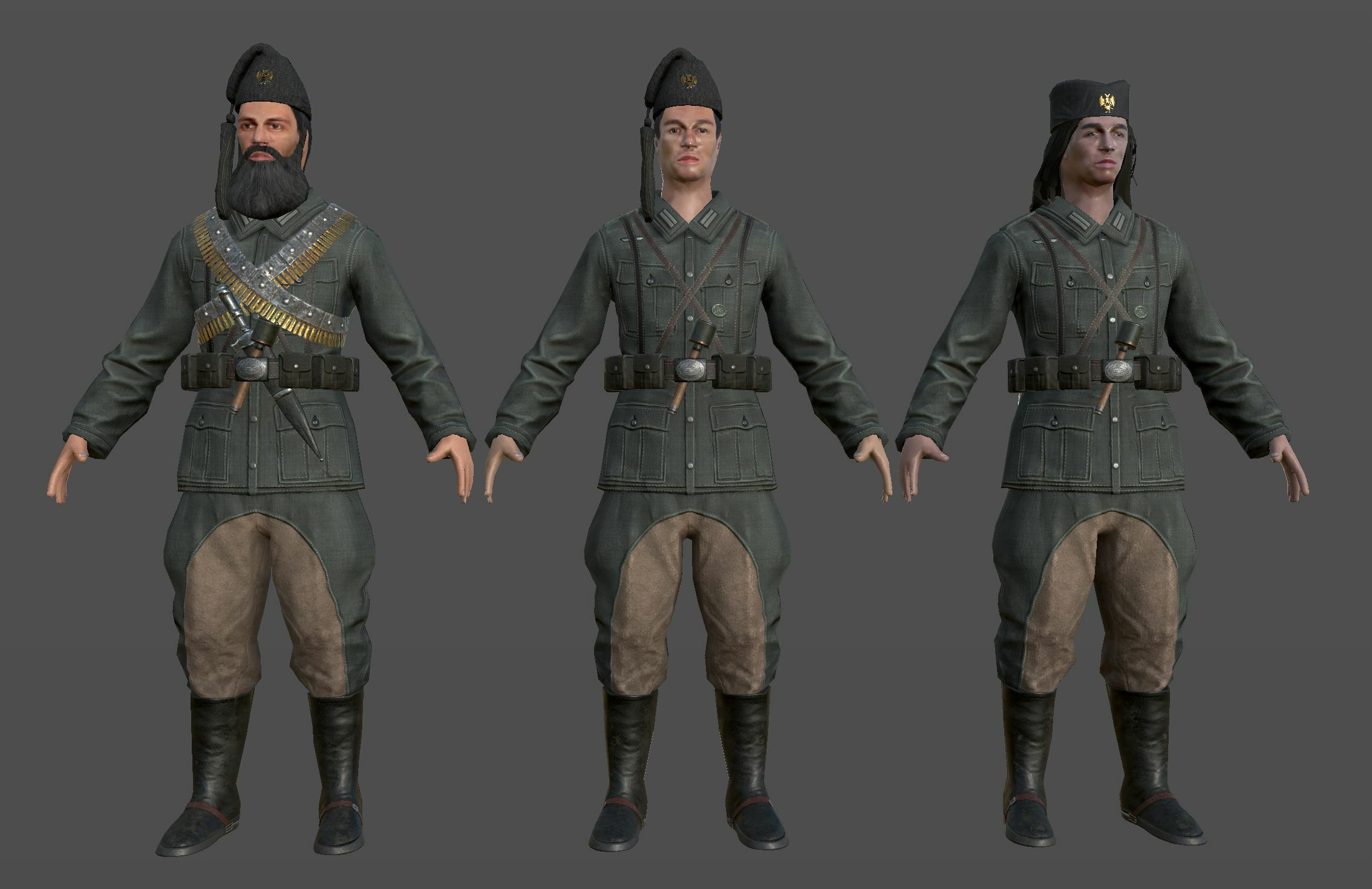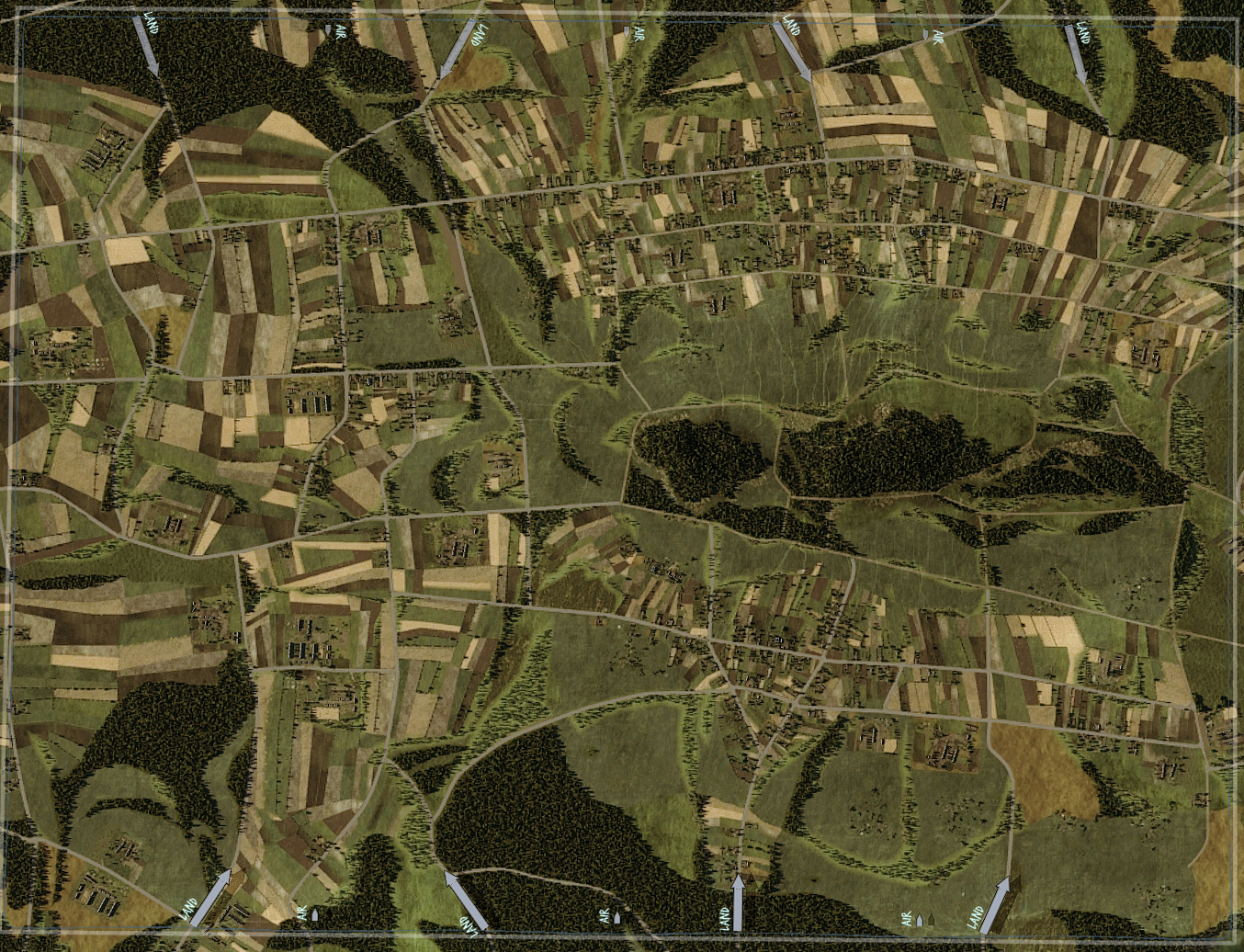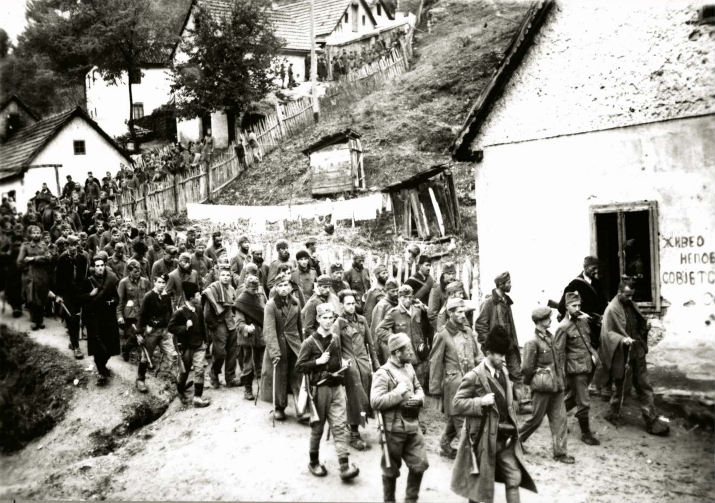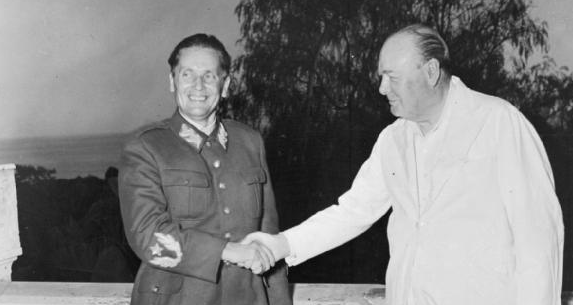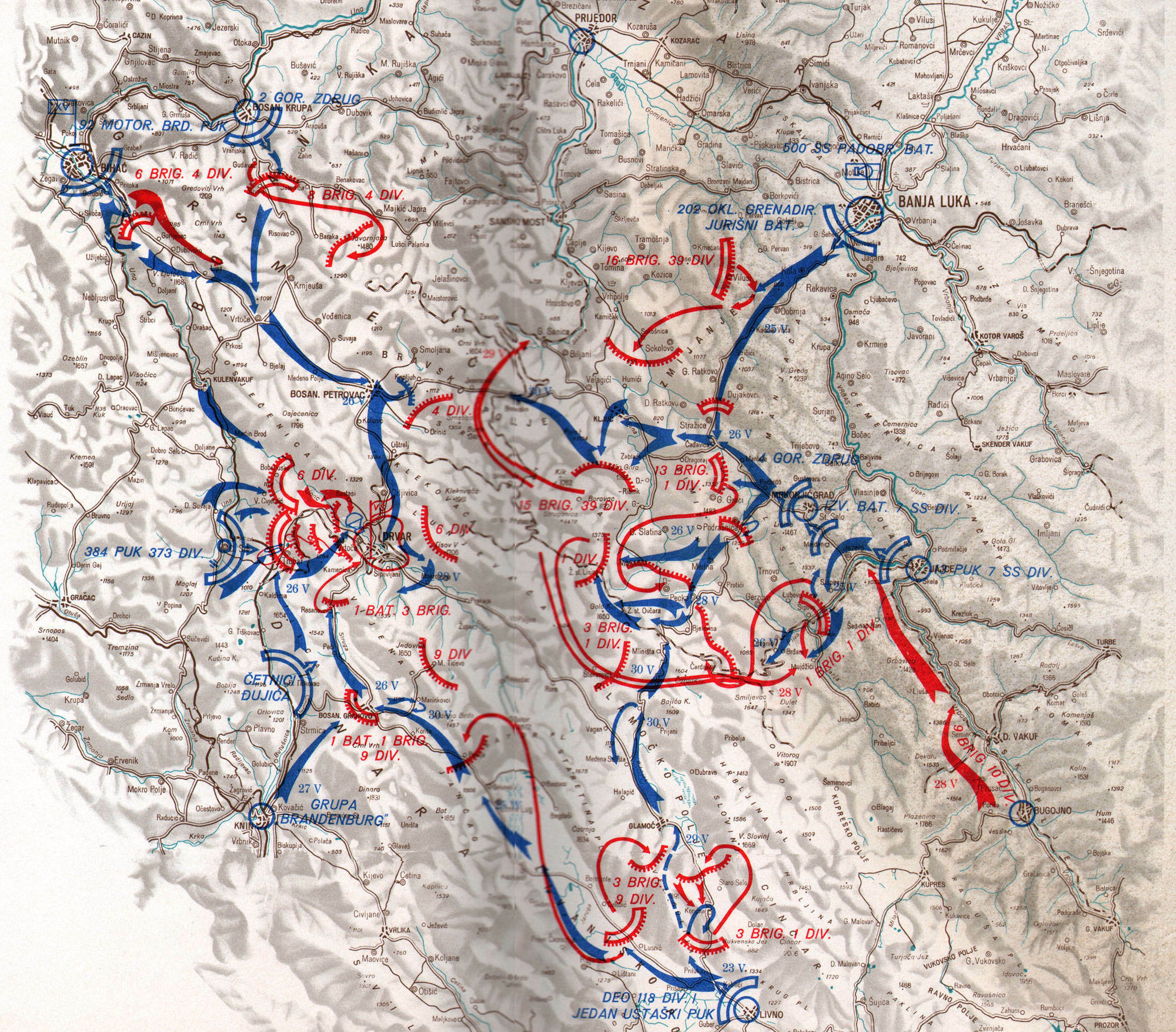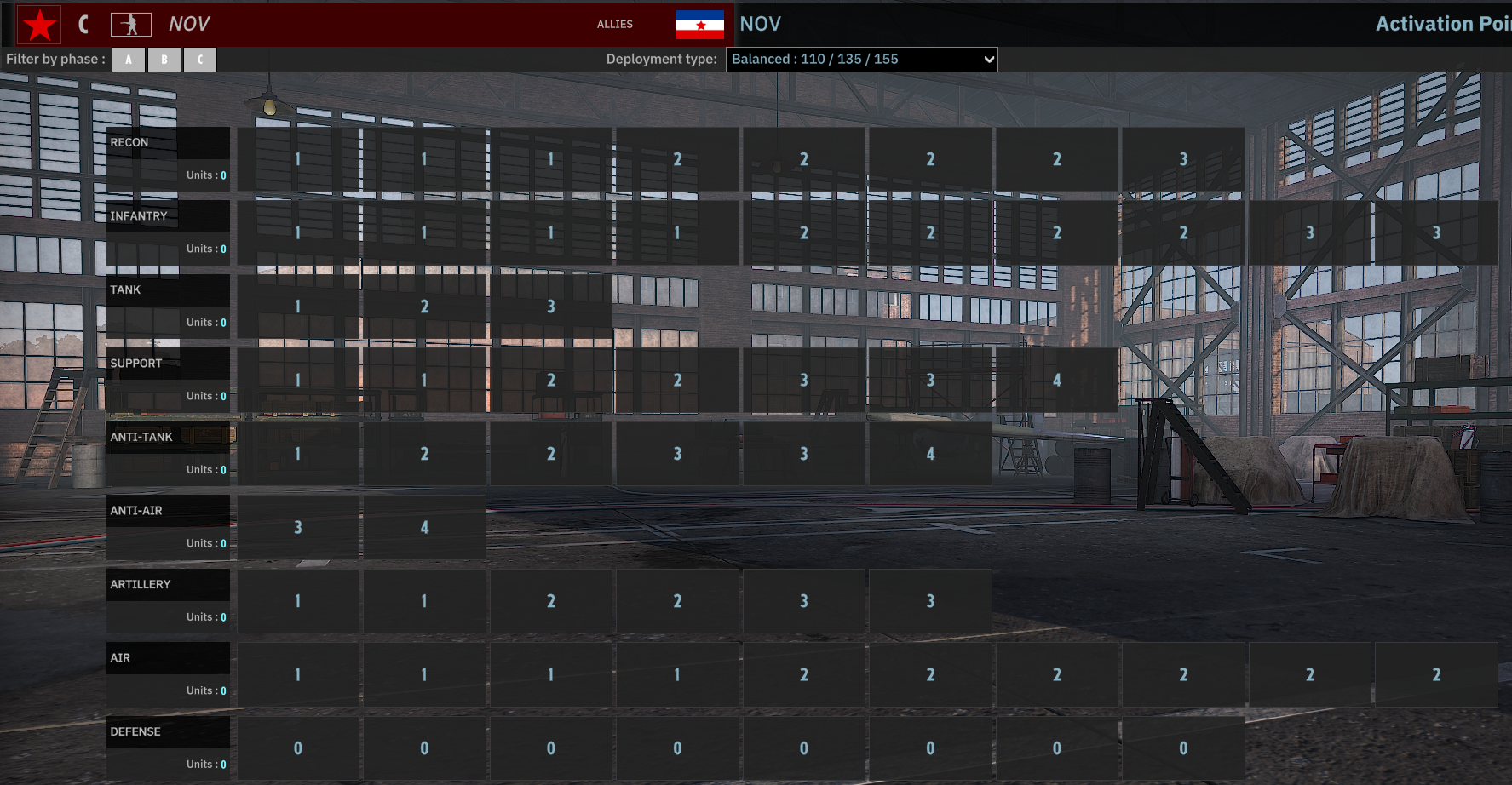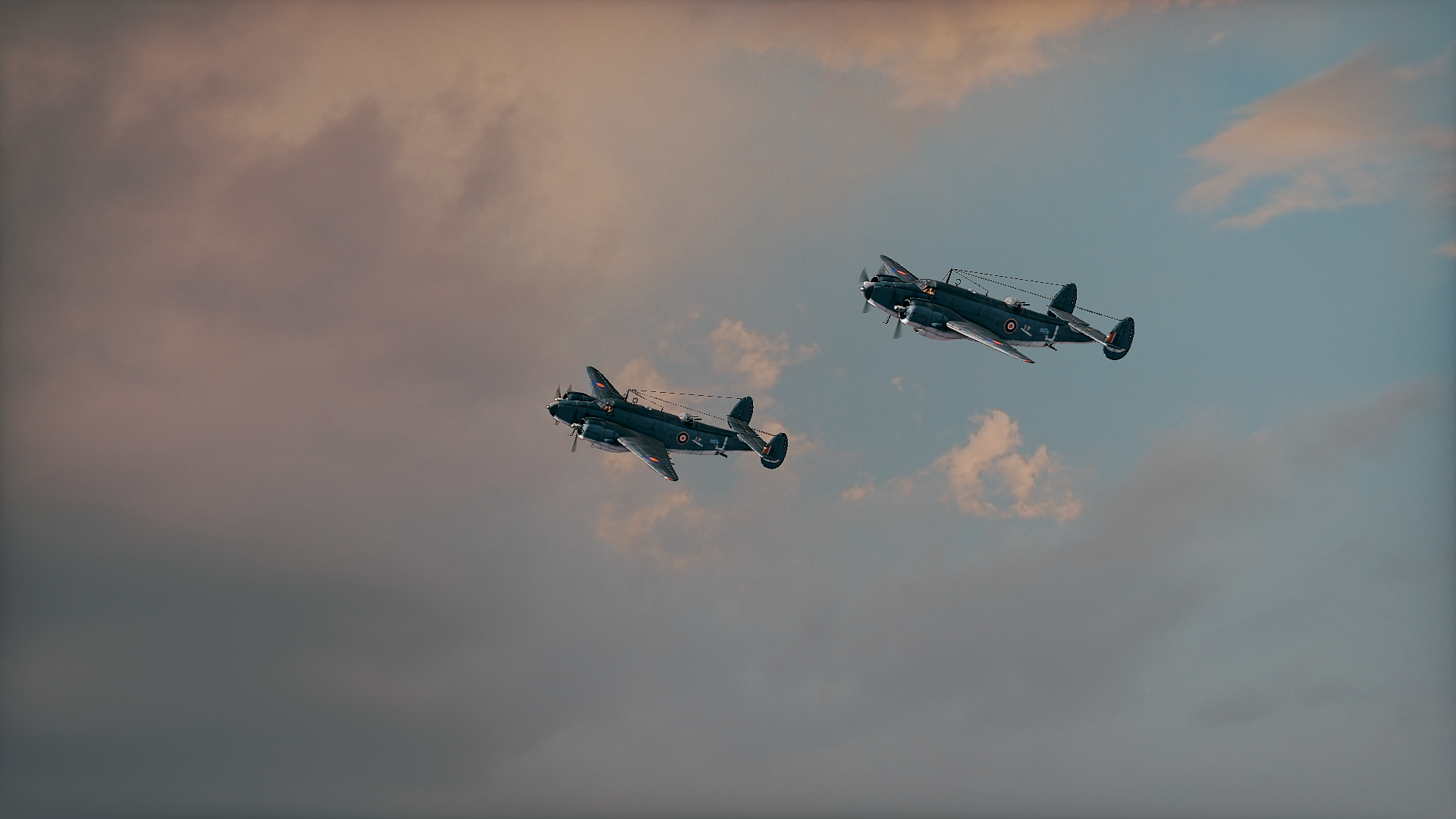
Apr 21, 2022
Steel Division 2 - [EUG] Gal Marcel Bigeard
Hello, hello, hello!
Advancing ever forward, today’s post will be another deep dive into our upcoming new Army General DLC, The Battle of Turda.
We’ll look at a new Axis Hungary division with today’s spotlight shining brightly on the Hungarian 25. Hadosztály (or in English, the 25th Infantry Division).
But first, some much-needed info on the other Steel Division 2 currently in the works: Nemesis: Raid on Drvar.
We know you have been waiting for an update on Nemesis: Raid on Drvar. We don’t have a definite date yet - but the DLC should come soon! What’s been keeping it so long?
As a young formation of the Hungarian Army, the history of the 25. Hadosztály is closely intertwined with Transylvania. We already mentioned this before, but this region was the prime cause of the hostilities between Romania and Hungary at the tail-end of World War II. The northern part of Transylvania was awarded to Romania in 1920 with the Treaty of Trianon, the result of the dissolution of the Austrian-Hungarian empire after World War I. However, Hungary could lay claim on the same land through historical reasons and resented the decision.
In 1940, the dispute took a twist. Early in the war, Axis Hungary was part of Nazi Germany’s “winning team” alliance, while Romania found itself stranded alone. The Romanians had counted on the French and British as guarantors for their proclaimed neutrality, but after the defeat of the Allies in the Battle of France, the situation on the ground changed rapidly. Before the year was over, fascists had taken control of Romania. In the meantime, Hitler saw fit to force Romania to give up coveted Transylvania to Hungary.
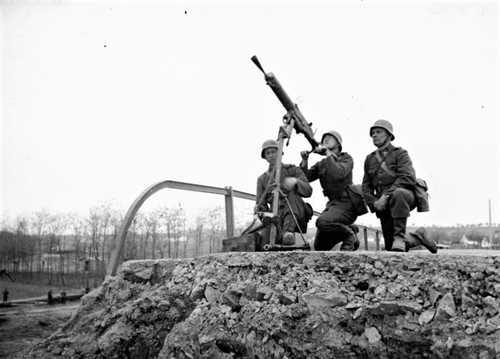
So what does this have to do with the 25. Hadosztály? Having only been formed in 1943, most of its recruits were from Transylvania, and therefore originally Romanian-born (and Romanian-speaking). Intended to be part of the IX. Corps, also known as the Székler Command, the formation was initially placed on the Romanian frontier, guarding against any hostile incursion from the “frenemy.” However, due to its composition, the 25. Hadosztály was regarded with suspicion by the Hungarian high command. Transferred to the First Army in March 1944, it was ordered into Galicia by the Germans a month later.
During its time on the frontline, the green soldiers of the 25. Hadosztály got ample opportunity to gain combat experience, including beating off multiple Soviet mechanized assaults and performing local counter-attacks. It was also here that the news of Romanian’s switch to the Allies became known. As a result, both the 25th Infantry Division and the 2nd Armored Divison were ordered to advance into Transylvania before the end of August 1944.

Arriving piecemeal by train meant that the 25. Hadosztály could only deploy individual detachments at the start of the Hungarian campaign. The formation followed the 2nd Armored Division’s offensive into Romania. The 25. Hadosztály took up defensive positions near Turda and on the Mures river, being aware of Romanian reinforcements and Soviet troops moving through the Carpathian mountain passes. Understrength, the 25. Hadosztály put up a spirited fight when it clashed with the advancing Allied units.

From the first encounters on September 13th, the battles raged ahead against the Soviet armored vanguard, supported by Romanian infantry, which was trying to secure Turda. This took until September 15th, when the outskirts of Turda were reached before further advance was checked by 25. Hadosztály. Heavy fighting erupted across the hills and countryside, with frequent artillery duels and bloody counter-attacks. With fresh reinforcements, the 25. Hadosztály destroyed a large portion of Soviet troops north of the Mures river on September 19th but was unable to wipe out the Red Army’s bridgehead. The Soviets prepared for their own attack and, on September 22nd, after heavy fighting, reached Turda. The 25. Hadosztály repelled attack after attack, either alone or with support of the 10th Assault Gun Battalion or 2nd Armored Division. With a dire situation, the timely arrival of the 23. Panzer at night brought some much-needed reinforcements.
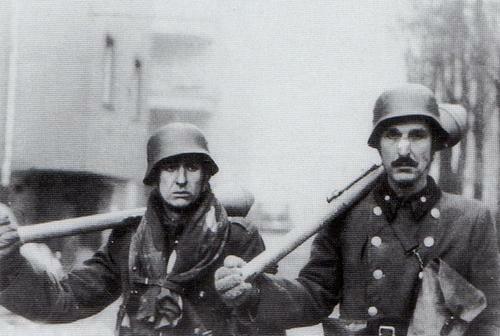
During the Battle of Turda, the 25. Hadosztály was almost wiped out, with several battalions suffering 50% to 80% casualty rates. In a specific battalion, the III/25th, which launched several counter-attacks to stop and repel Soviet assault troops from gaining control of Turda, the survivors were so few and so heroic that, in a rare decision, every single soldier was promoted by one rank in recognition of the formation’s outstanding defense. After the Turda campaign, the division avoided being trapped in the Budapest encirclement and fought alongside the Germans during the counter-offensive on Lake Balaton in March 1945. Fighting to the very end of the war, the Hungarian division surrendered in May 1945 in Croatia.
It might not come as a surprise, but the 25. Hadosztály is a very infantry-centric division, able in defense, but only with limited means of (armored) counter-attacks.
Although it’s missing two of its battalions during the events of the Battle of Turda, it received some replacement units, including the 10th Assault Guns Battalion, the 2nd Mountain Replacement Brigade, and the late German StuG-Abt. 1179 with its Hetzer light tank destroyer.
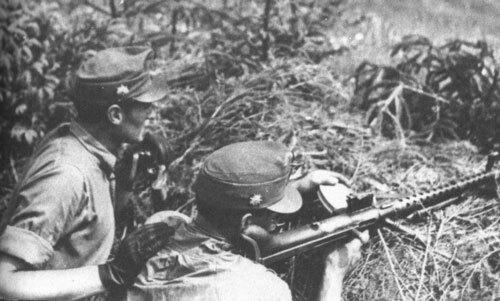
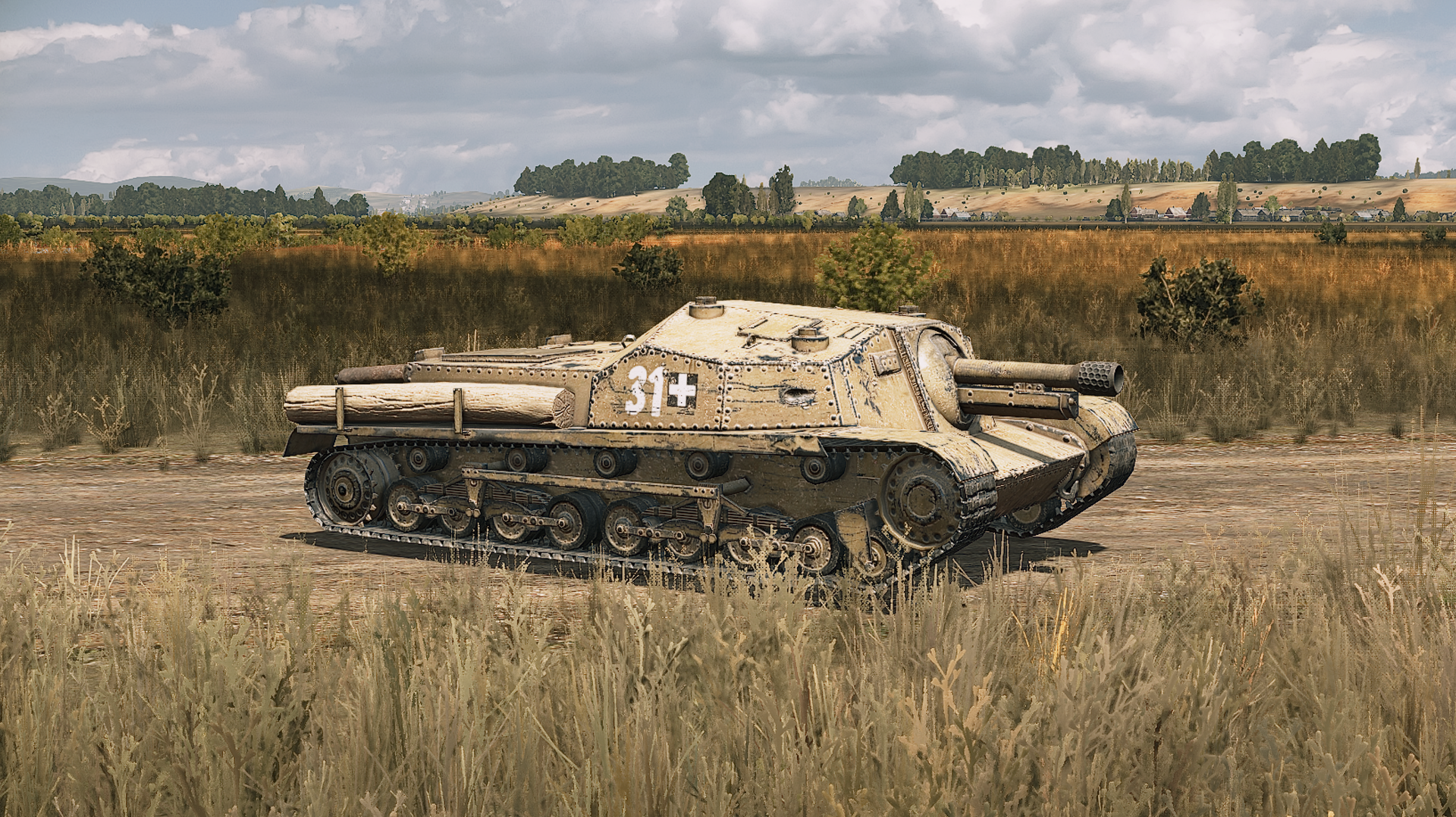
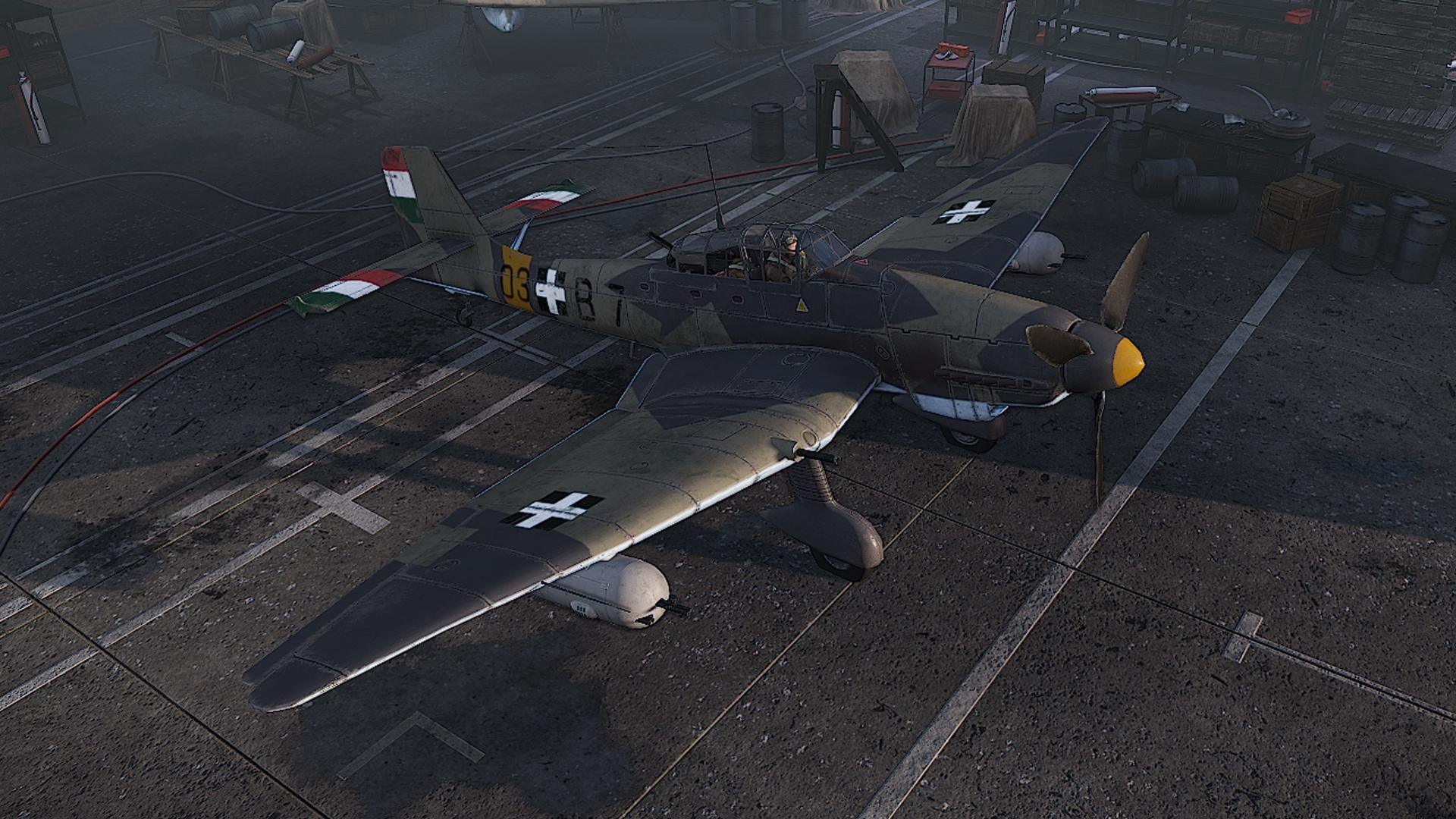
The latest DLC for Steel Division 2, The Battle of Turda, will contain:
Keep a close watch on our Steam forums and Instagram to keep up to date with the latest Steel Division 2 talk. Looking for an online game? Visit the kick-ass Discord server or Reddit page and get involved with the lively Steel Division 2 community!
See you on the battlefield, commander!
Advancing ever forward, today’s post will be another deep dive into our upcoming new Army General DLC, The Battle of Turda.
We’ll look at a new Axis Hungary division with today’s spotlight shining brightly on the Hungarian 25. Hadosztály (or in English, the 25th Infantry Division).
But first, some much-needed info on the other Steel Division 2 currently in the works: Nemesis: Raid on Drvar.
Nemesis: Raid on Drvar
We know you have been waiting for an update on Nemesis: Raid on Drvar. We don’t have a definite date yet - but the DLC should come soon! What’s been keeping it so long?
- We divided the Yugoslav partisans’ acknows into three parts: Serbian, Bosnian and Croatian.
- Each language was translated separately and then recorded. Serbian and Croatian came back without issue, with some good acting in our opinion for the Serbian partisans and Chetnicks.
- With Bosnian, on the other hand, we had difficulties finding good actors. On top of that, we realized when it came to record the lines that our translation wasn’t good… not good at all actually.
- So, in short: we are translating everything again, getting it checked, and recorded once more.
A little bit of history
As a young formation of the Hungarian Army, the history of the 25. Hadosztály is closely intertwined with Transylvania. We already mentioned this before, but this region was the prime cause of the hostilities between Romania and Hungary at the tail-end of World War II. The northern part of Transylvania was awarded to Romania in 1920 with the Treaty of Trianon, the result of the dissolution of the Austrian-Hungarian empire after World War I. However, Hungary could lay claim on the same land through historical reasons and resented the decision.
In 1940, the dispute took a twist. Early in the war, Axis Hungary was part of Nazi Germany’s “winning team” alliance, while Romania found itself stranded alone. The Romanians had counted on the French and British as guarantors for their proclaimed neutrality, but after the defeat of the Allies in the Battle of France, the situation on the ground changed rapidly. Before the year was over, fascists had taken control of Romania. In the meantime, Hitler saw fit to force Romania to give up coveted Transylvania to Hungary.

Getting the fighting spirit
So what does this have to do with the 25. Hadosztály? Having only been formed in 1943, most of its recruits were from Transylvania, and therefore originally Romanian-born (and Romanian-speaking). Intended to be part of the IX. Corps, also known as the Székler Command, the formation was initially placed on the Romanian frontier, guarding against any hostile incursion from the “frenemy.” However, due to its composition, the 25. Hadosztály was regarded with suspicion by the Hungarian high command. Transferred to the First Army in March 1944, it was ordered into Galicia by the Germans a month later.
During its time on the frontline, the green soldiers of the 25. Hadosztály got ample opportunity to gain combat experience, including beating off multiple Soviet mechanized assaults and performing local counter-attacks. It was also here that the news of Romanian’s switch to the Allies became known. As a result, both the 25th Infantry Division and the 2nd Armored Divison were ordered to advance into Transylvania before the end of August 1944.

Destination: Turda
Arriving piecemeal by train meant that the 25. Hadosztály could only deploy individual detachments at the start of the Hungarian campaign. The formation followed the 2nd Armored Division’s offensive into Romania. The 25. Hadosztály took up defensive positions near Turda and on the Mures river, being aware of Romanian reinforcements and Soviet troops moving through the Carpathian mountain passes. Understrength, the 25. Hadosztály put up a spirited fight when it clashed with the advancing Allied units.

From the first encounters on September 13th, the battles raged ahead against the Soviet armored vanguard, supported by Romanian infantry, which was trying to secure Turda. This took until September 15th, when the outskirts of Turda were reached before further advance was checked by 25. Hadosztály. Heavy fighting erupted across the hills and countryside, with frequent artillery duels and bloody counter-attacks. With fresh reinforcements, the 25. Hadosztály destroyed a large portion of Soviet troops north of the Mures river on September 19th but was unable to wipe out the Red Army’s bridgehead. The Soviets prepared for their own attack and, on September 22nd, after heavy fighting, reached Turda. The 25. Hadosztály repelled attack after attack, either alone or with support of the 10th Assault Gun Battalion or 2nd Armored Division. With a dire situation, the timely arrival of the 23. Panzer at night brought some much-needed reinforcements.

During the Battle of Turda, the 25. Hadosztály was almost wiped out, with several battalions suffering 50% to 80% casualty rates. In a specific battalion, the III/25th, which launched several counter-attacks to stop and repel Soviet assault troops from gaining control of Turda, the survivors were so few and so heroic that, in a rare decision, every single soldier was promoted by one rank in recognition of the formation’s outstanding defense. After the Turda campaign, the division avoided being trapped in the Budapest encirclement and fought alongside the Germans during the counter-offensive on Lake Balaton in March 1945. Fighting to the very end of the war, the Hungarian division surrendered in May 1945 in Croatia.
What can you expect in-game?
It might not come as a surprise, but the 25. Hadosztály is a very infantry-centric division, able in defense, but only with limited means of (armored) counter-attacks.
Although it’s missing two of its battalions during the events of the Battle of Turda, it received some replacement units, including the 10th Assault Guns Battalion, the 2nd Mountain Replacement Brigade, and the late German StuG-Abt. 1179 with its Hetzer light tank destroyer.

- The division’s Recon forces are pretty standard, save for the presence of Disheartened Határrendőrség (Border Police) squads. These are a motley assortment of customs officers or postmen pressed into service with the border guard battalions - supposedly because they knew the area well.
- Infantry slots are many and cheap, with the core made up of the usual Lövész troops. This includes a single card of these soldiers with the Fanatical trait, featuring extra machine guns and SMGs, representing the unbreakable III/25th Regiment. Additionally, some Határvadász (Border Guard) can be deployed. They are large squads, well trained and equipped, but even though featuring the Raider trait, they lack experience and are veterancy locked.
- There are not many tanks available, but you will be able to deploy the Zrinyi II assault gun, considered one of the best Hungarian armors of the war, comparable to the StuH 42 with a good HEAT round.

- A very standard Support category, but the division fields a large amount of machine-guns.
- Anti-Tank forces are considerable, including 40M 40mm and PaK 40 75mm guns. The 25. Hadosztály can also count on a single card of German Jagdpanzer 38(t).
- Anti-Air is average with only a few Bofors 40mm and one card of Hungarian 88mm towed guns. We are including the last existing models of a rather unusual unit, which were known to be last used in combat at this period, although at inknown location. As a matter of fact, it was one of the very first models of SPAAGs: the old World War I design of the Raba Vr self-propelled 76,5mm gun truck!
- A large variety of artillery pieces can be encountered, including mortars, 75mm, 105mm, and 149mm howitzers, as well as off-map 105mm with the new WM-21 Solyom biplane spotter.
- Air support is likewise strong, featuring the Fw-190F-8 and Me-210 CA-1 fighters, as well as several variants of the Ju-87 D-5 Stuka. This includes one with the German WB-81B pod totaling two 20mm guns and twelve(!) 7,62mm machine-guns. Another unique addition is the Hungarian Héja as recon fighter, which is a license-built Italian Re.2000.

A brief summary
The latest DLC for Steel Division 2, The Battle of Turda, will contain:
- One new Army General campaign centered on the Battle of Turda, Transylvania, pitting Axis Hungary versus Allied Romania.
- Six new divisions.
- Of which three will be Romanian, including the Divizia 9 Infanterie.
- And two will be Hungarian, with one German. This includes the Hungarian 2. Páncéloshadosztály (2nd Armored Division) and 25. Hadosztály (25th Infantry Division).
- Of which three will be Romanian, including the Divizia 9 Infanterie.
- Mixed divisions, with units from various nations, such as Romanian-Soviet or Hungarian-German.
- One or two new maps.
- 2 Aces: the Hungarian tank commander Lieutenant Ervin Tarczay and Romanian fighter ace, Captain Dan Vizanti.
Until next week!
Keep a close watch on our Steam forums and Instagram to keep up to date with the latest Steel Division 2 talk. Looking for an online game? Visit the kick-ass Discord server or Reddit page and get involved with the lively Steel Division 2 community!
See you on the battlefield, commander!




